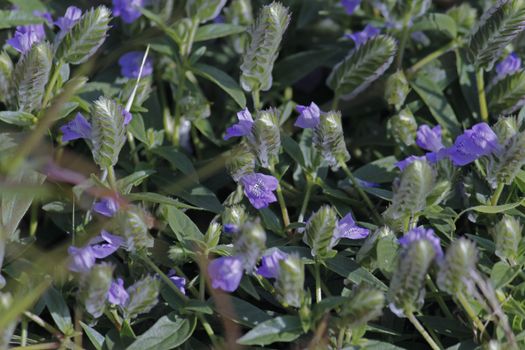- Filter By:
-
-
Stock photos and images of username:yands

Rupee Symbol on Hundred rupee banknote
Stock PhotoUsername
yandsResolution
5082x2784pxRupee Symbol on Hundred rupee banknote
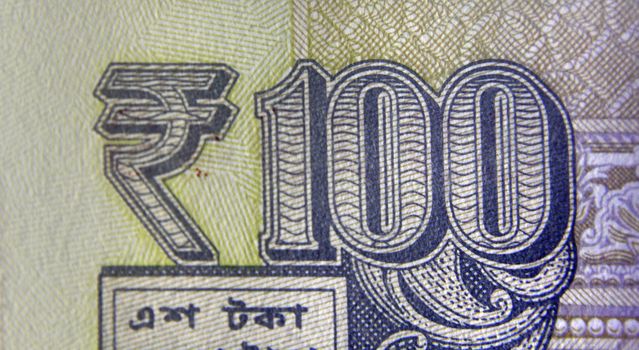
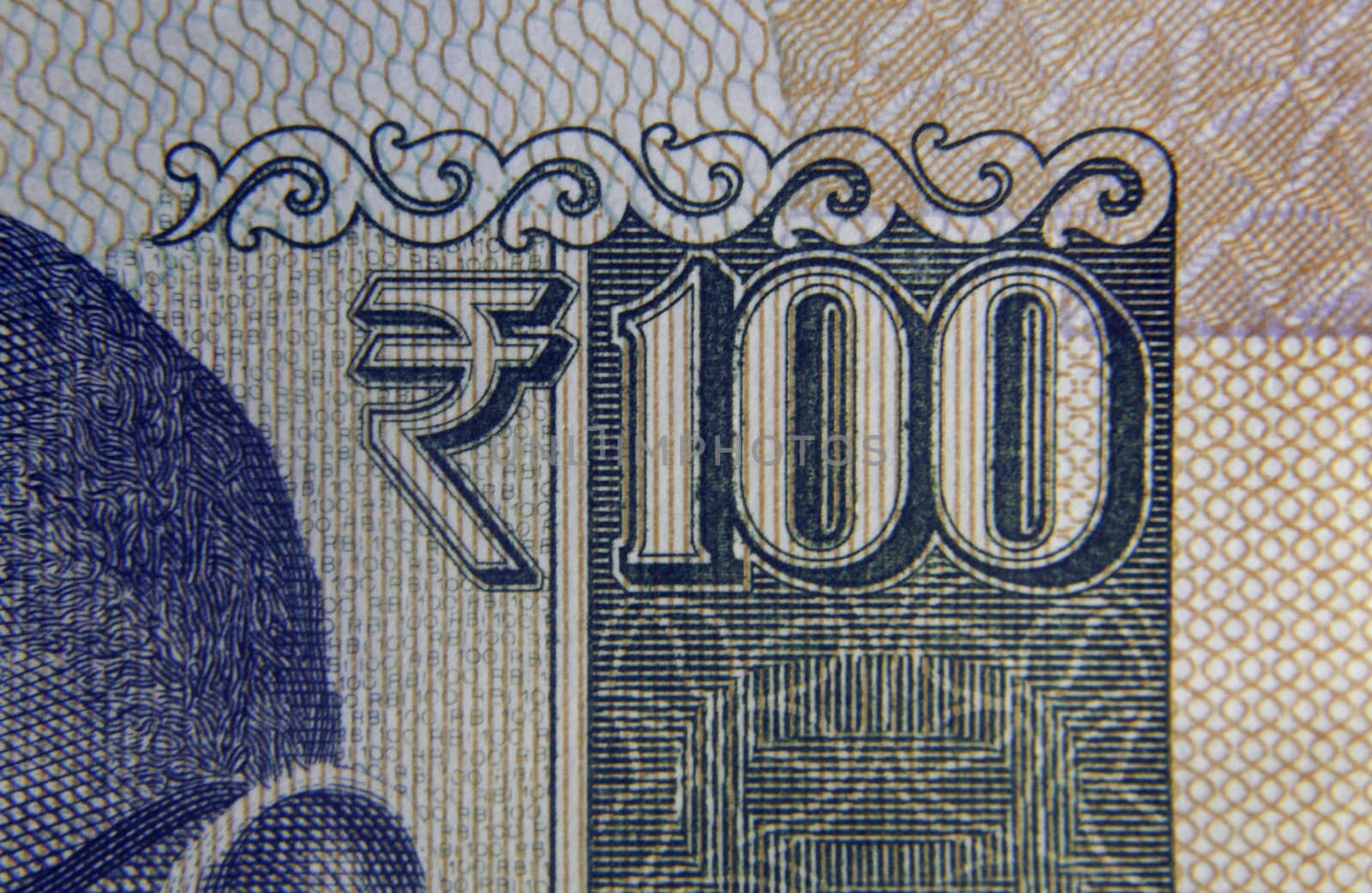
Rupee Symbol on Hundred rupee banknote
Stock PhotoUsername
yandsResolution
4950x3222pxRupee Symbol on Hundred rupee banknote

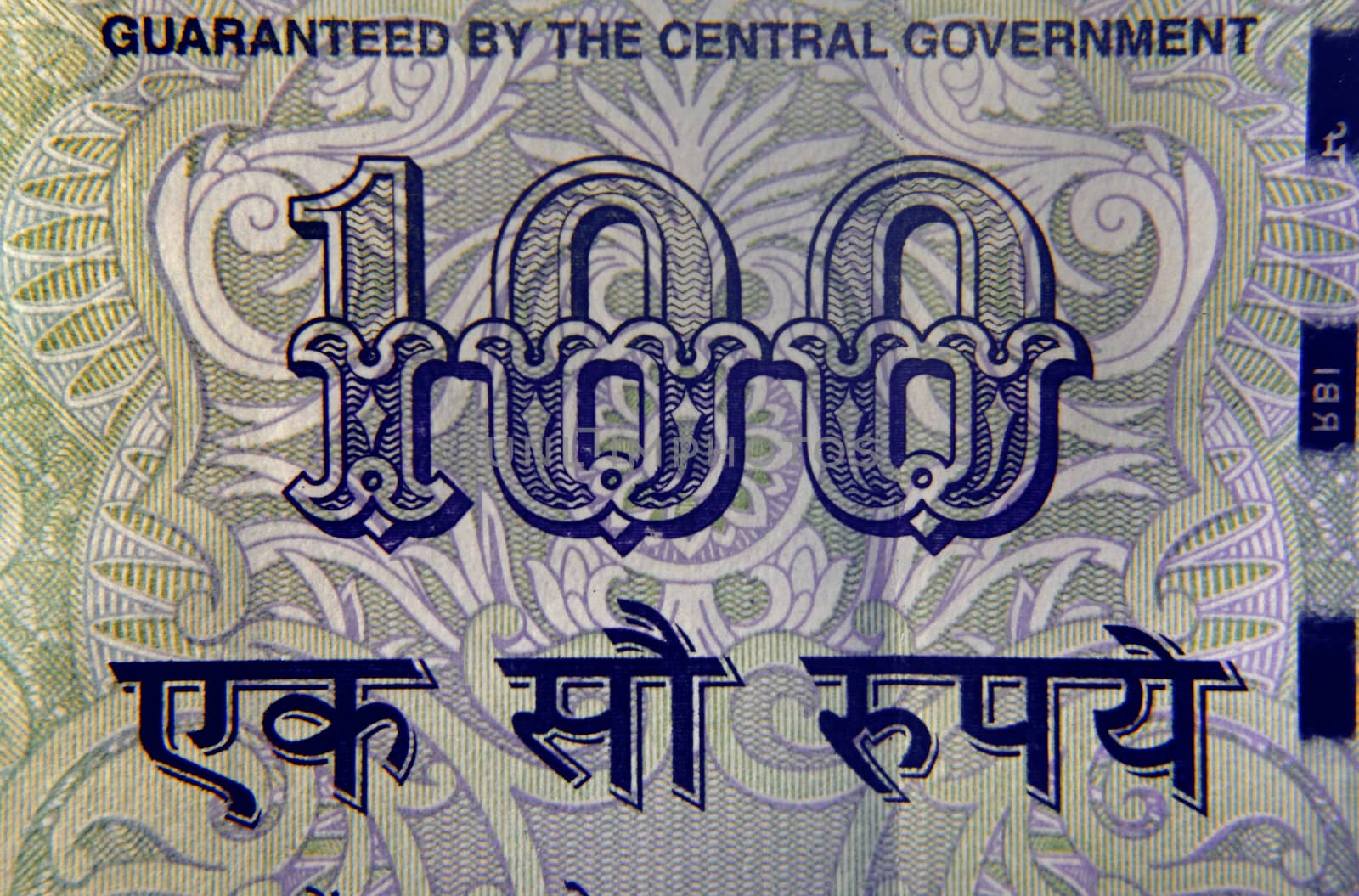
Hundred rupee banknote
Stock PhotoUsername
yandsResolution
5173x3410pxHundred rupee banknote

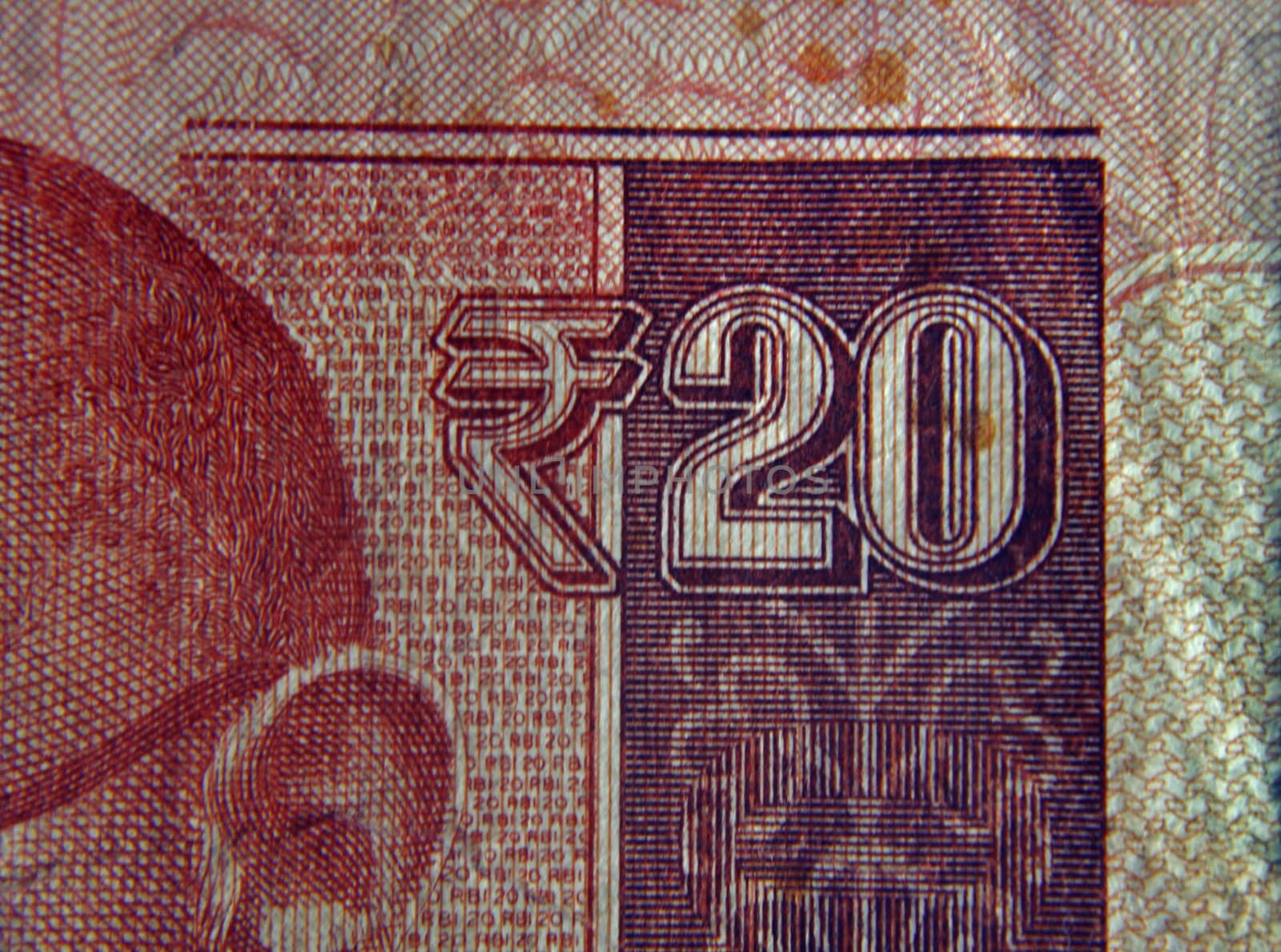
Twenty rupee banknote
Stock PhotoUsername
yandsResolution
4650x3456pxTwenty rupee banknote


Twenty rupee banknote
Stock PhotoUsername
yandsResolution
5184x3456pxTwenty rupee banknote
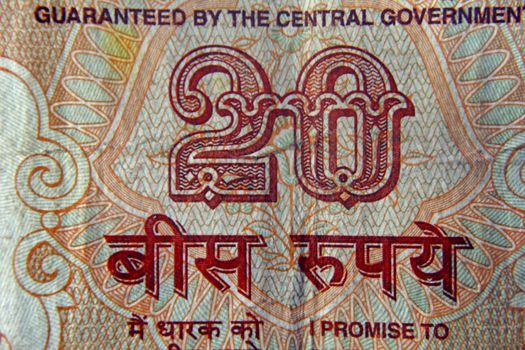
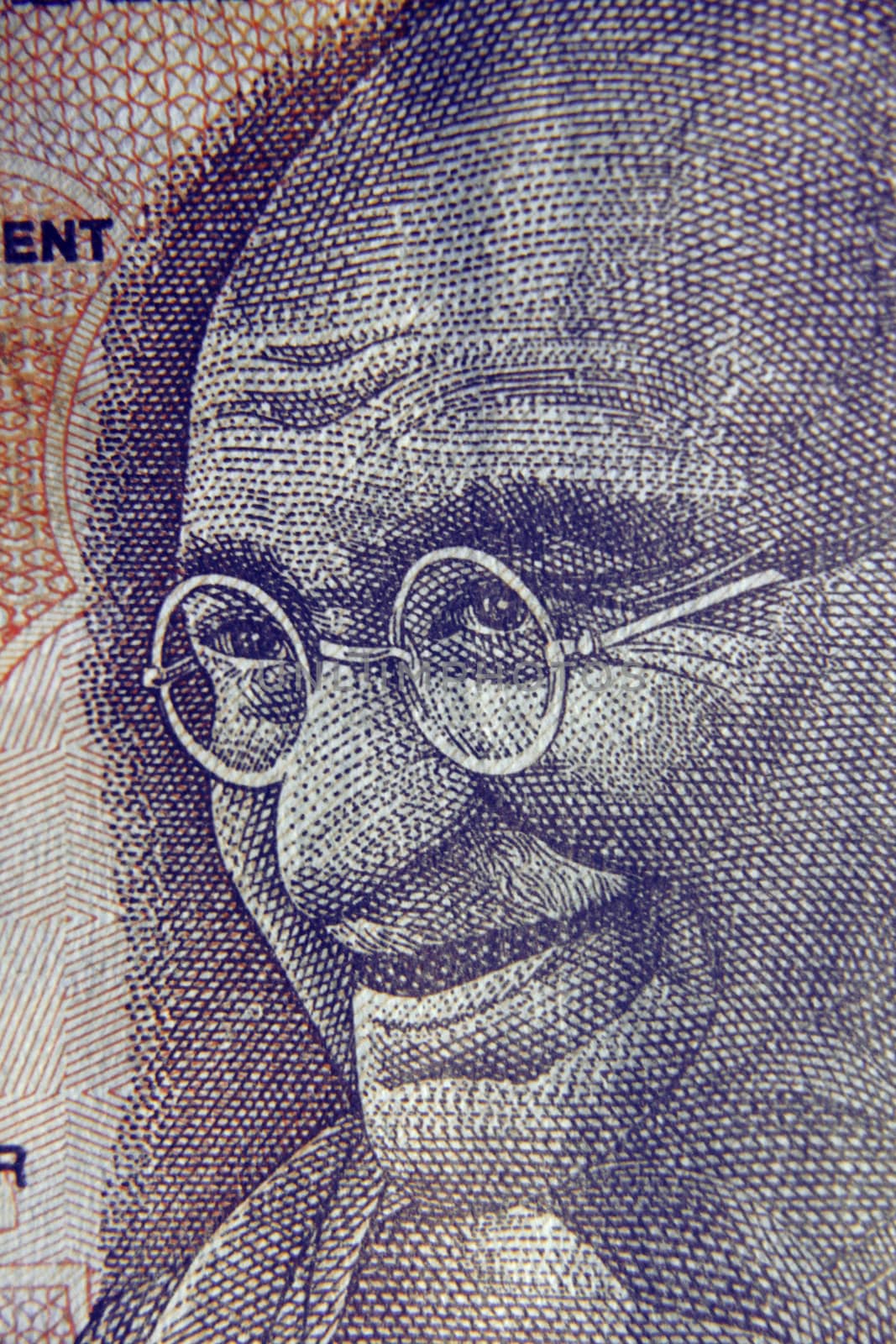
Mahatma Gandhi
Stock PhotoUsername
yandsResolution
3456x5184pxMahatma Gandhi

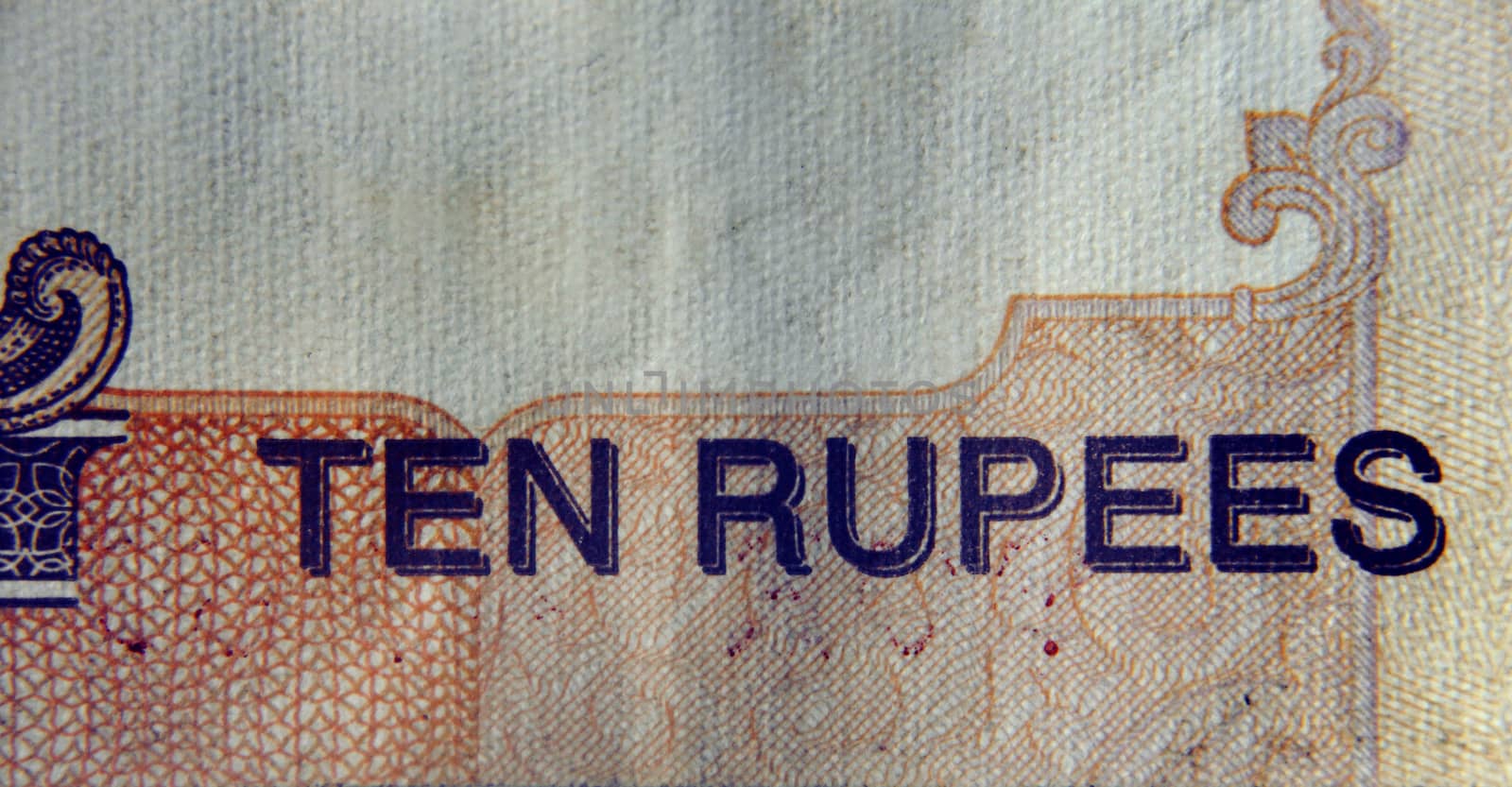
Ten rupee banknote
Stock PhotoUsername
yandsResolution
5184x2700pxTen rupee banknote


Ten rupee banknote
Stock PhotoUsername
yandsResolution
5184x3096pxTen rupee banknote
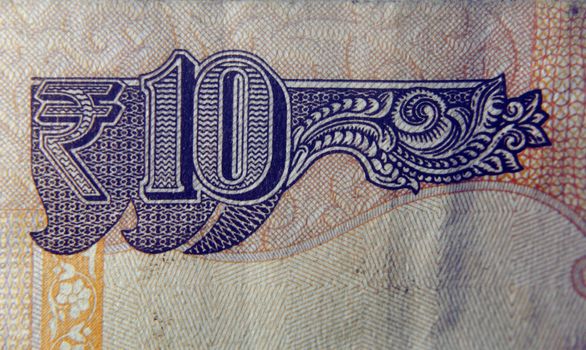
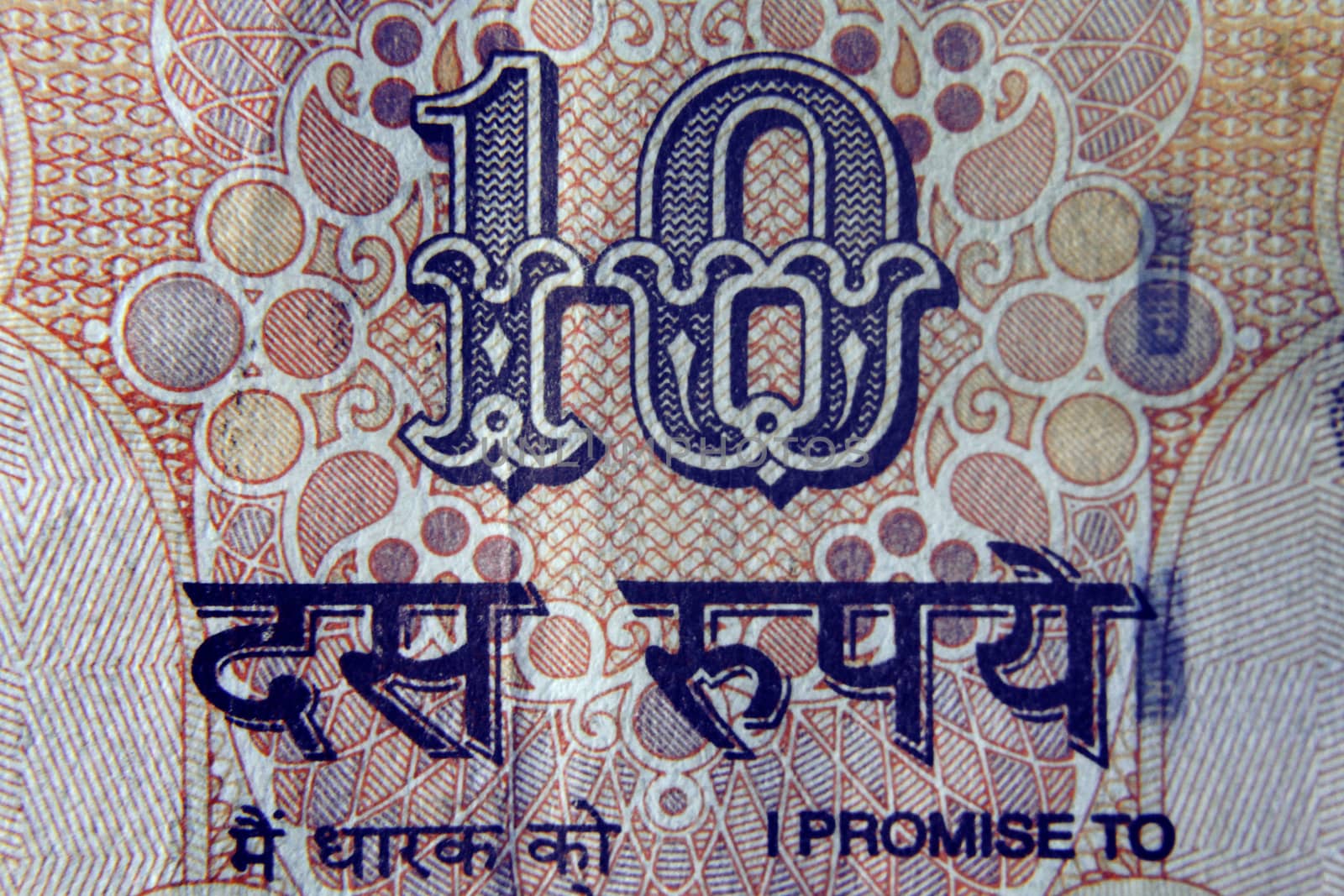
Ten rupee banknote Back Side
Stock PhotoUsername
yandsResolution
5184x3456pxTen rupee banknote Back Side

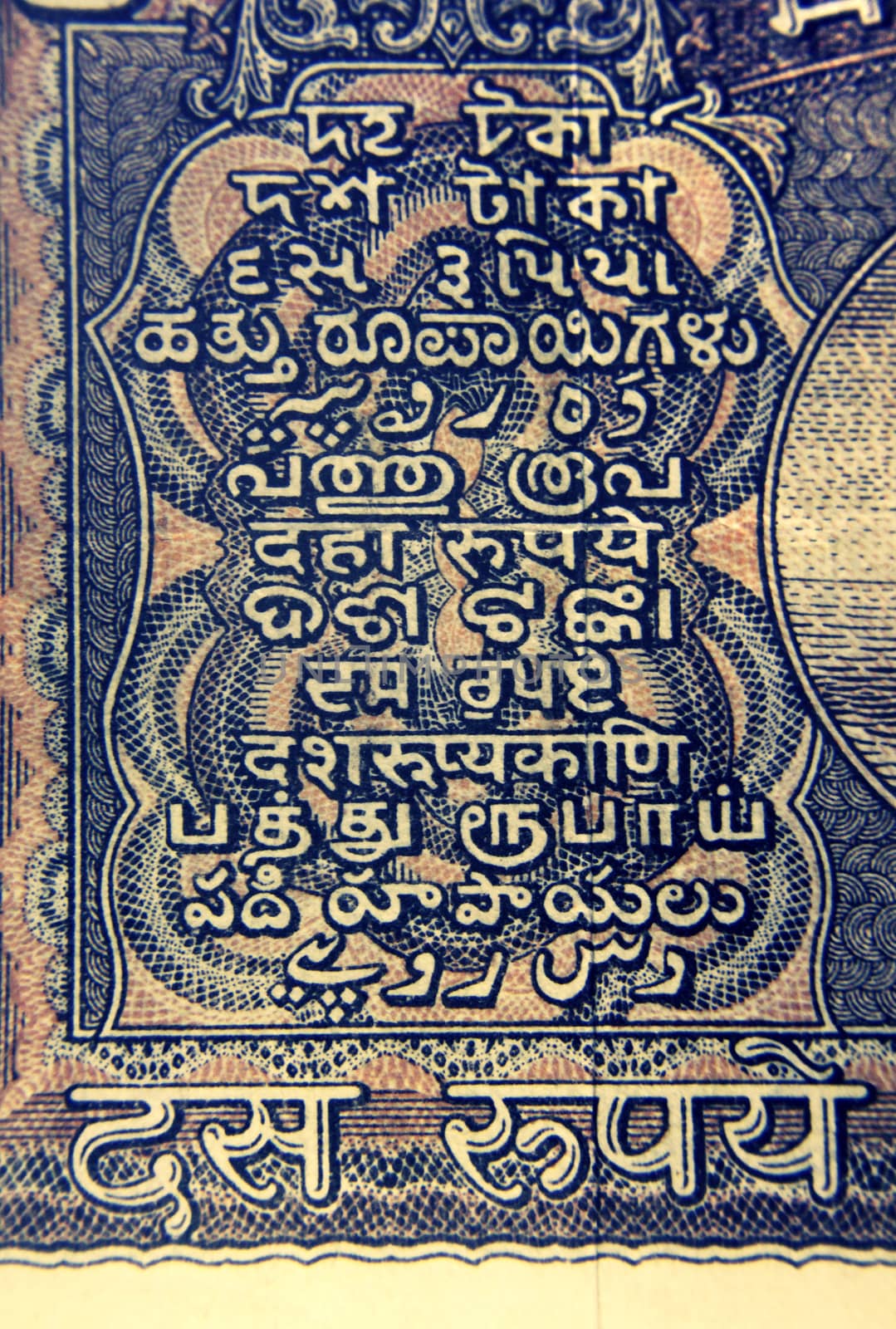
Ten rupee banknote Back Side
Stock PhotoUsername
yandsResolution
3442x5104pxTen rupee banknote Back Side

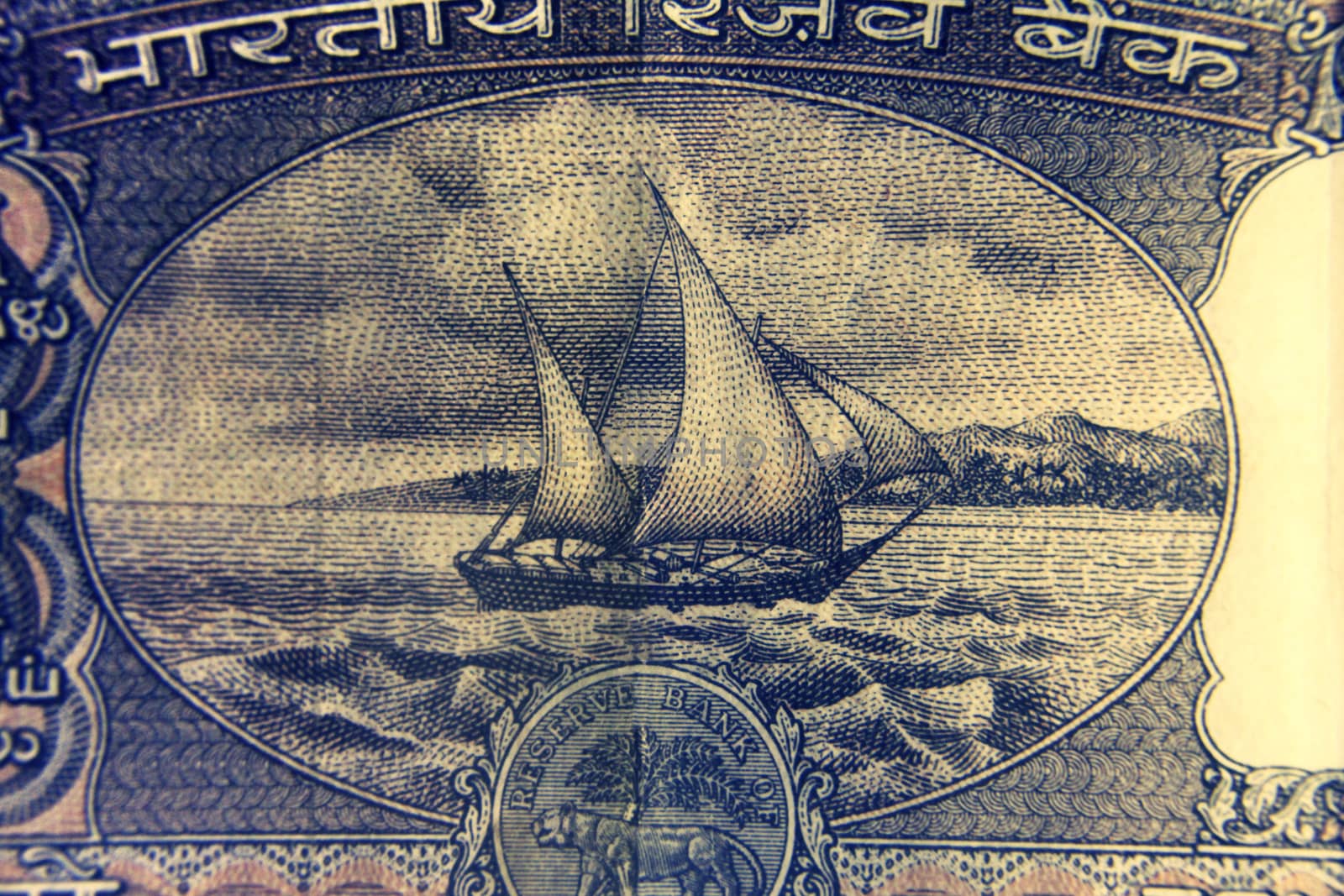
Ten rupee banknote Back Side
Stock PhotoUsername
yandsResolution
5184x3456pxTen rupee banknote Back Side


Ten rupee banknote
Stock PhotoUsername
yandsResolution
5184x2644pxTen rupee banknote
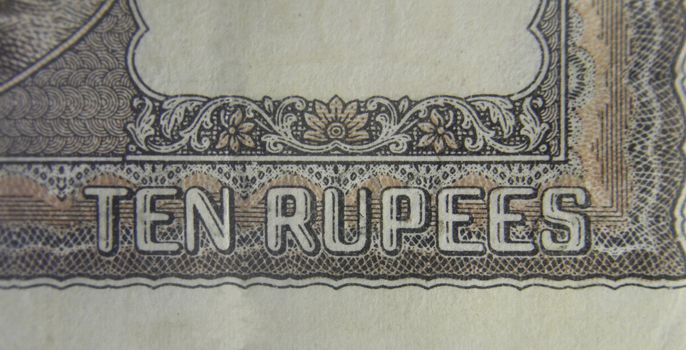
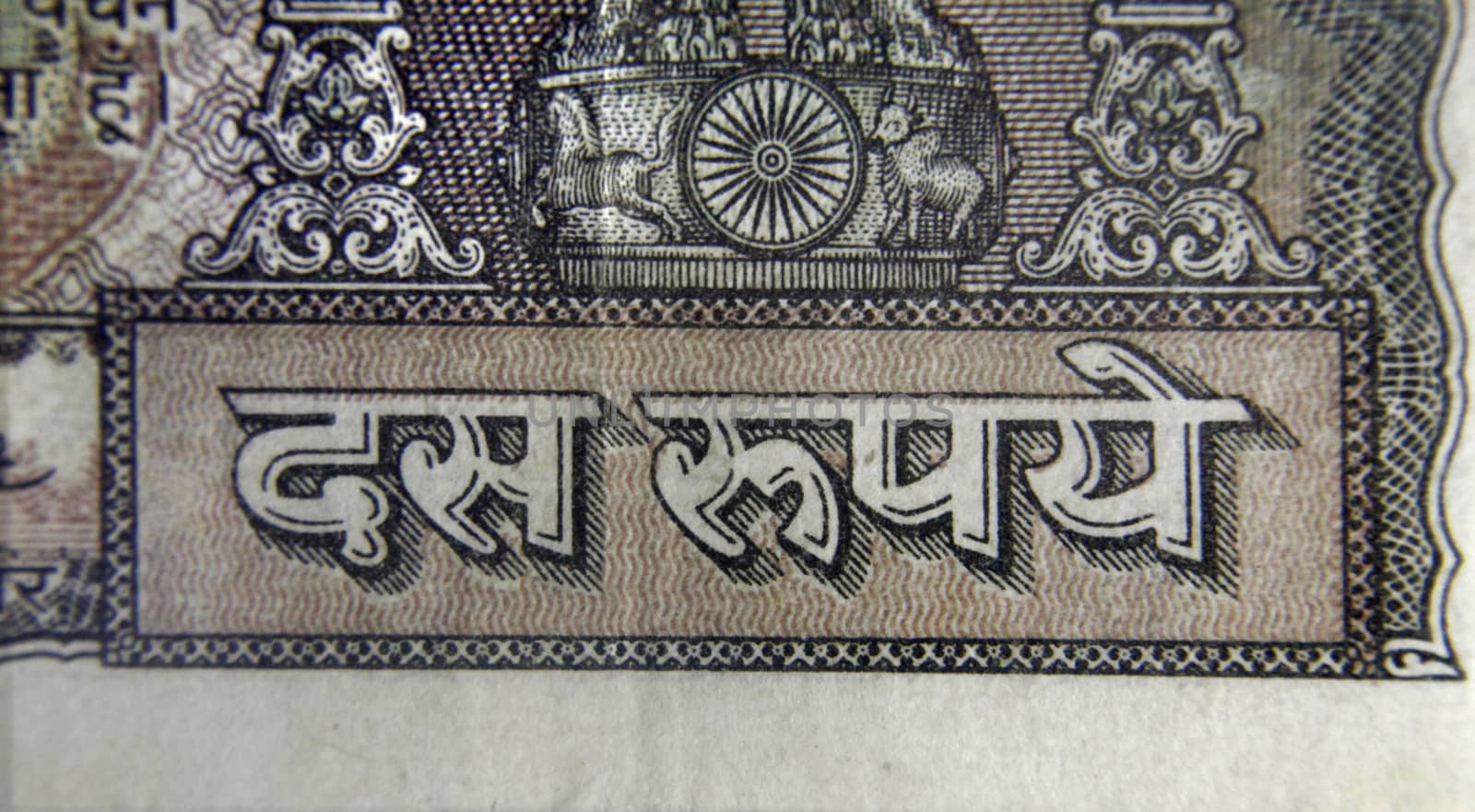
Ten rupee banknote Back Side
Stock PhotoUsername
yandsResolution
5184x2856pxTen rupee banknote Back Side

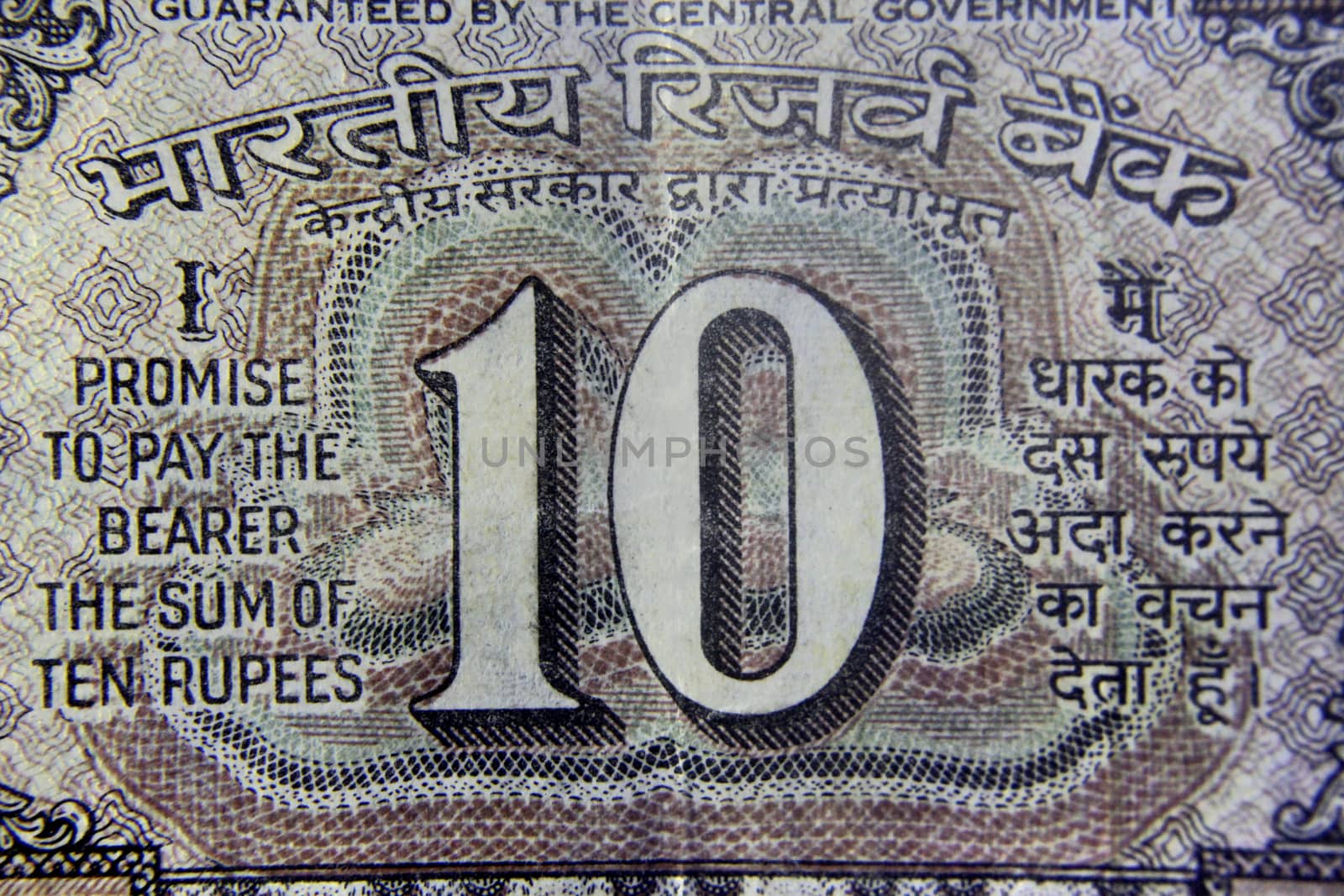
Ten rupee banknote Front Side
Stock PhotoUsername
yandsResolution
5184x3456pxTen rupee banknote Front Side


Two rupee banknote
Stock PhotoUsername
yandsResolution
5184x2724pxTwo rupee banknote
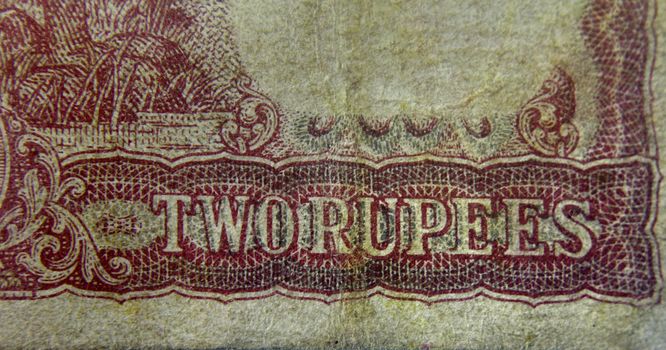
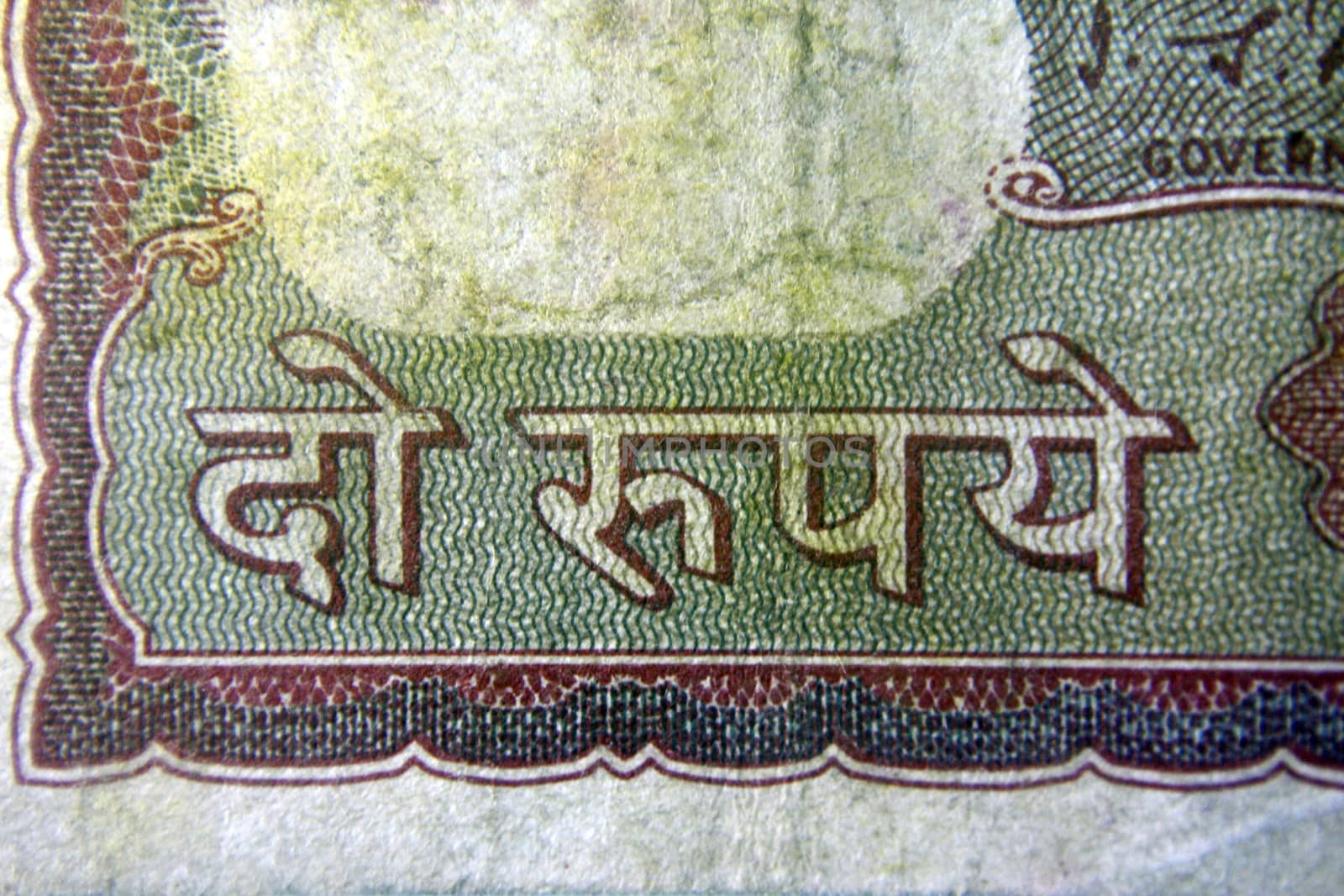
Two rupee banknote Back Side
Stock PhotoUsername
yandsResolution
5184x3456pxTwo rupee banknote Back Side

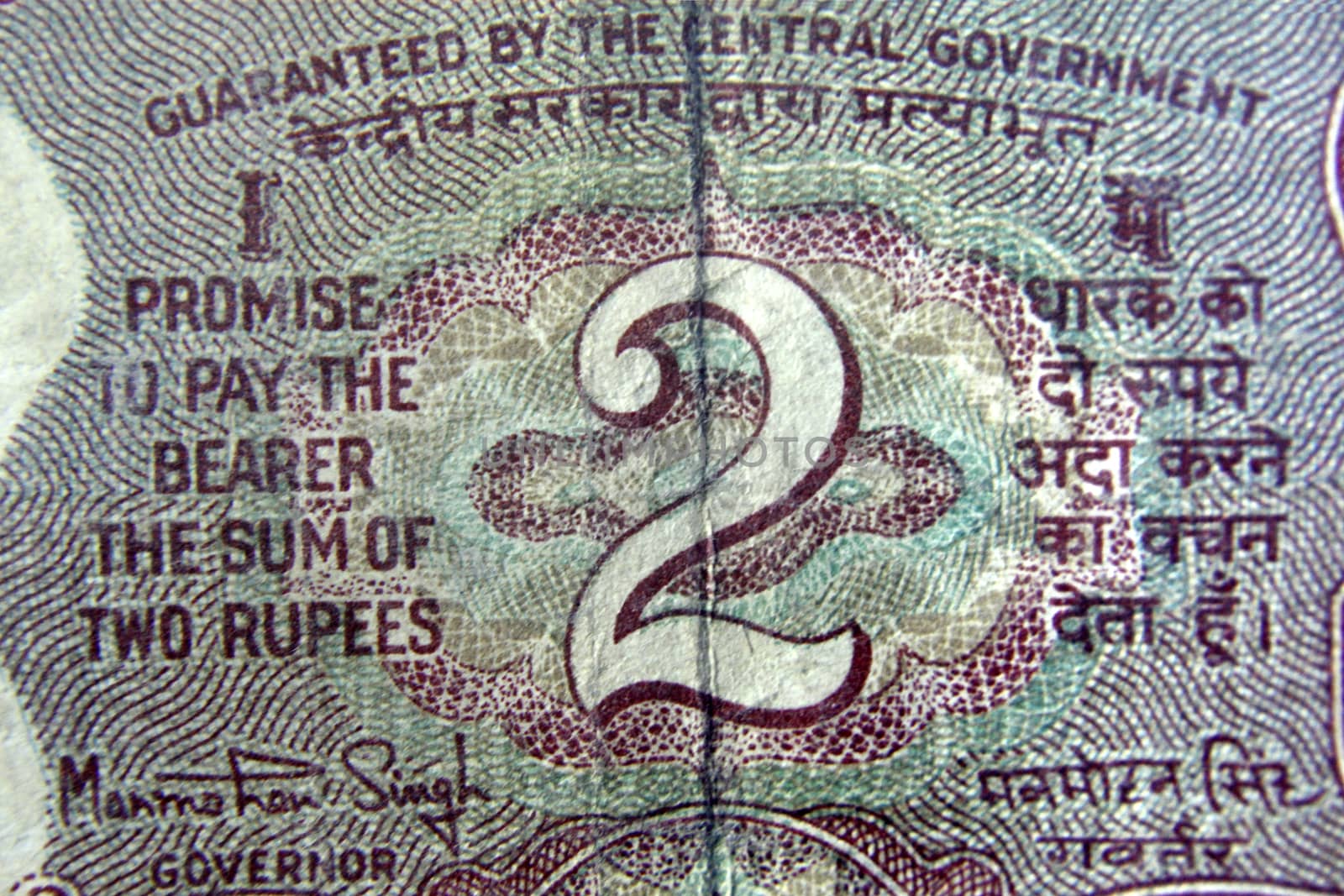
Two rupee banknote Front Side
Stock PhotoUsername
yandsResolution
5184x3456pxTwo rupee banknote Front Side


One rupee banknote Back Side
Stock PhotoUsername
yandsResolution
5184x3456pxOne rupee banknote Back Side
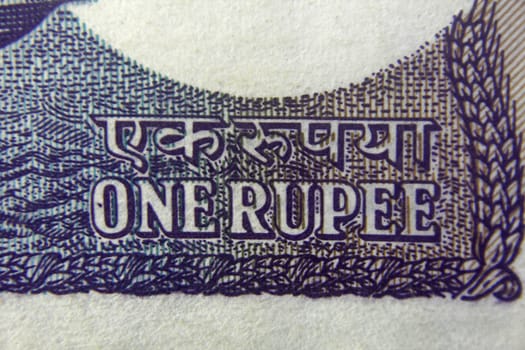

One rupee banknote Back Side
Stock PhotoUsername
yandsResolution
3456x5184pxOne rupee banknote Back Side
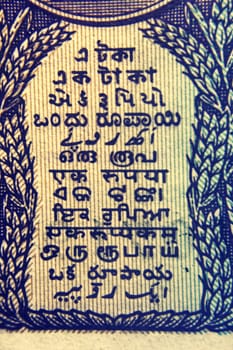

One rupee banknote Back Side
Stock PhotoUsername
yandsResolution
5184x3456pxOne rupee banknote Back Side
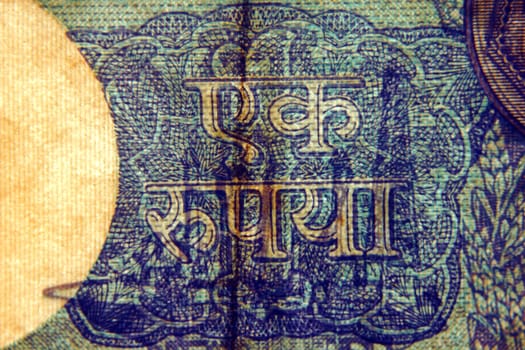
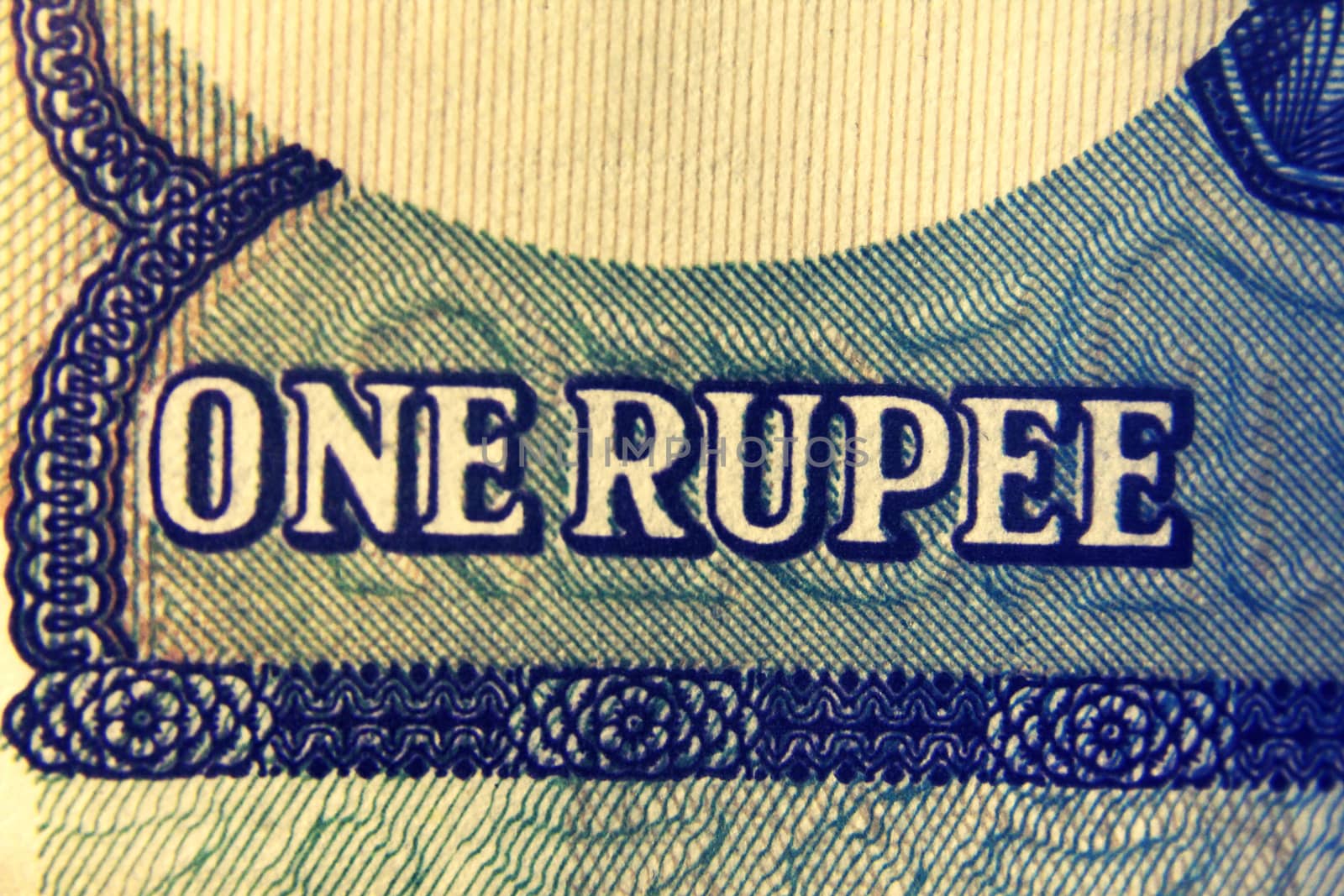
One rupee banknote Back Side
Stock PhotoUsername
yandsResolution
5184x3456pxOne rupee banknote Back Side

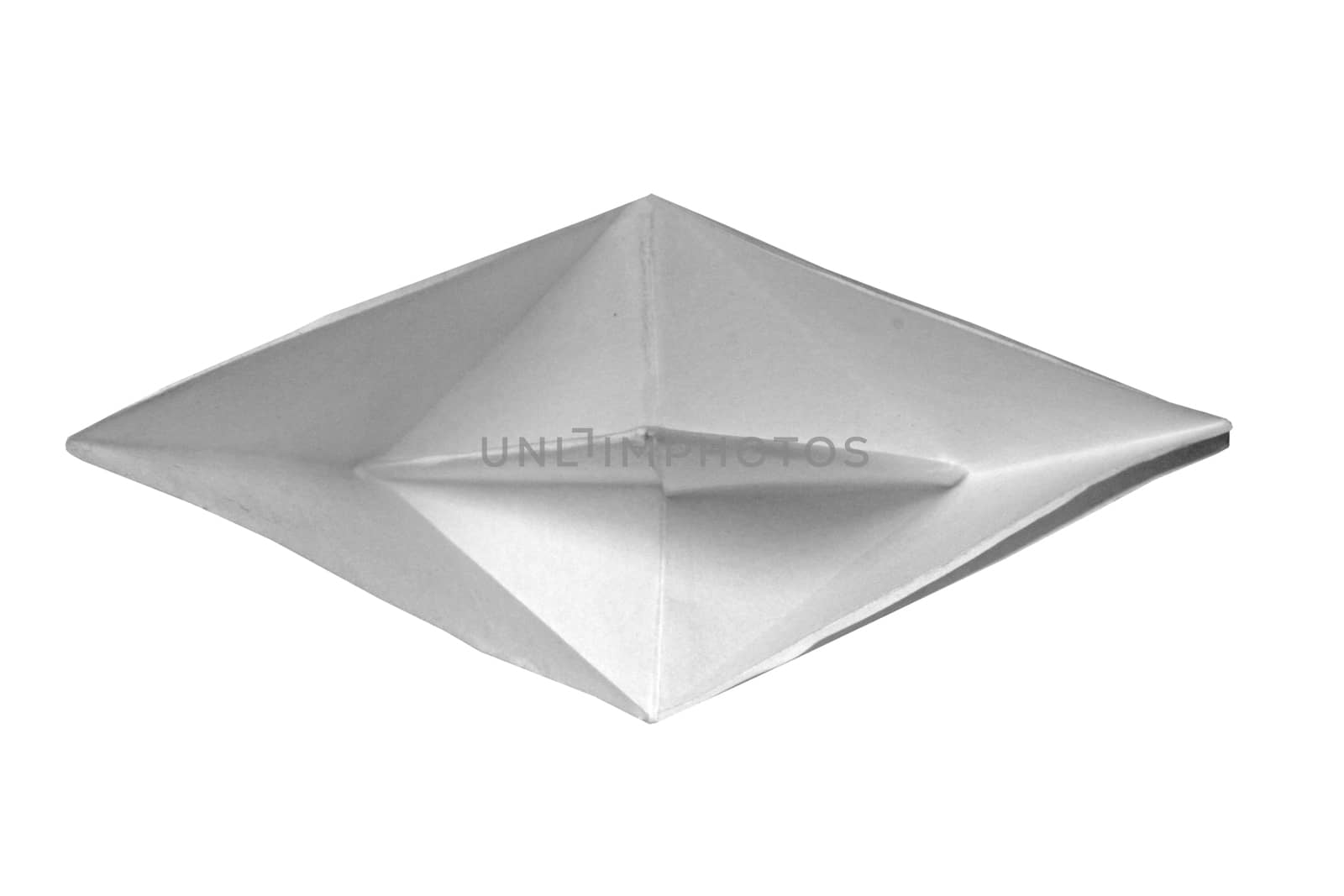
Paper Boat
Stock PhotoUsername
yandsResolution
5184x3456pxPaper Boat


Paper Man, Success Concept
Stock PhotoUsername
yandsResolution
3456x5184pxPaper Man, Success Concept


Paper Boat on water, Concept
Stock PhotoUsername
yandsResolution
5184x3456pxPaper Boat on water, Concept


Origami Paper boat
Stock PhotoUsername
yandsResolution
5184x3456pxOrigami Paper boat
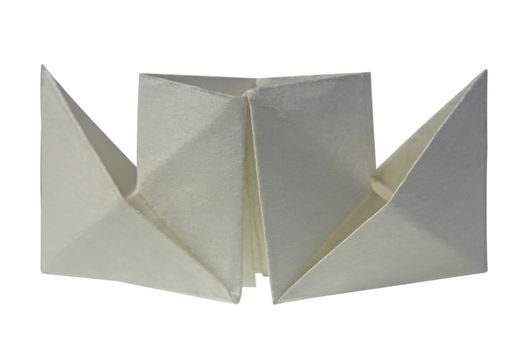

VOTE word written on paper
Stock PhotoUsername
yandsResolution
5184x3456pxVOTE word written on paper


Voter Dropping Vote in Voter Box, Concept
Stock PhotoUsername
yandsResolution
5184x3456pxVoter Dropping Vote in Voter Box, Concept


Human Raised hands with VOTE word, Concept
Stock PhotoUsername
yandsResolution
5184x3456pxHuman Raised hands with VOTE word, Concept


VOTE word written on paper
Stock PhotoUsername
yandsResolution
5184x3456pxVOTE word written on paper


Voter Dropping Vote in Voter Box, Concept
Stock PhotoUsername
yandsResolution
5184x3456pxVoter Dropping Vote in Voter Box, Concept

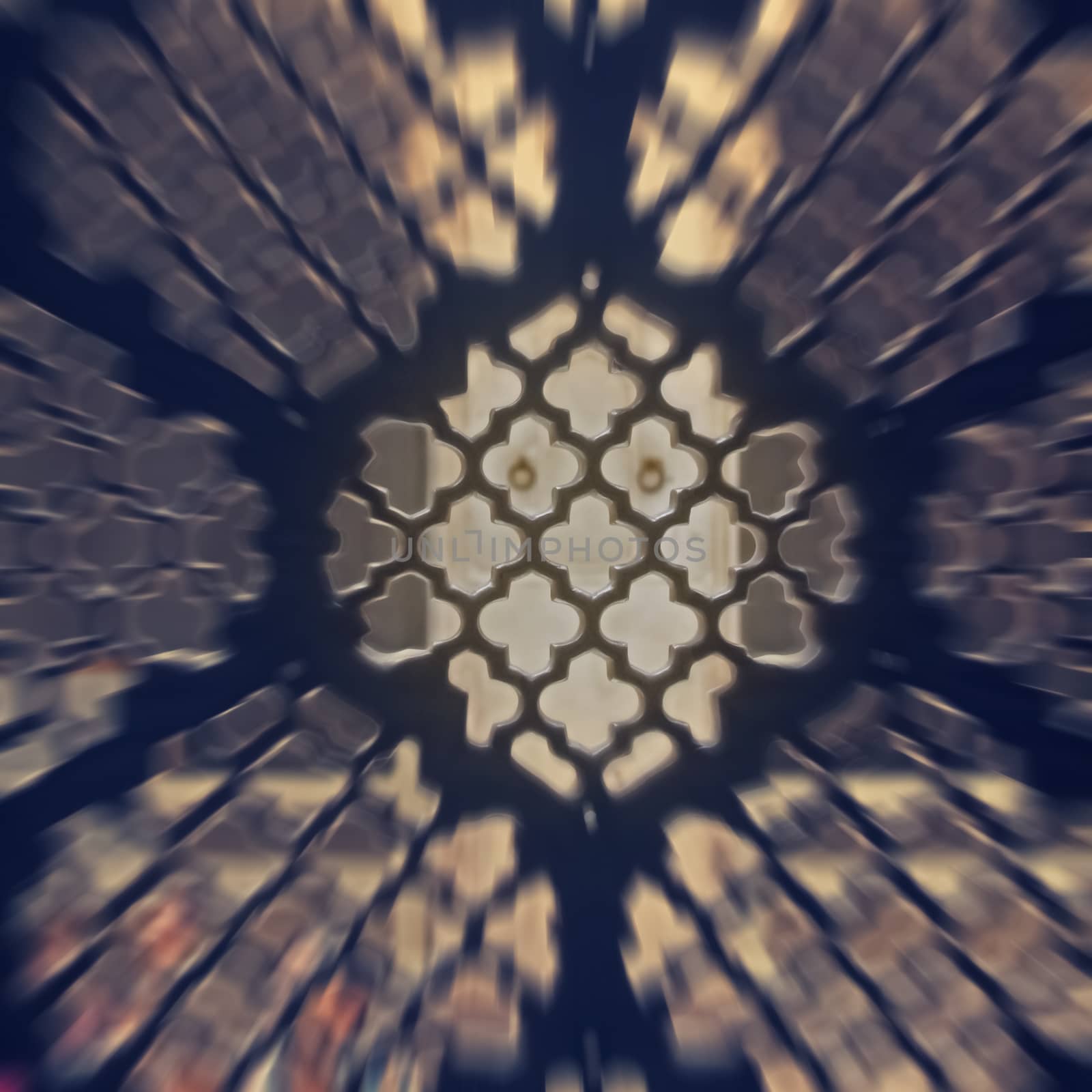
Carved marble window, Mughal style at the Bibi-ka-Maqbara, Auran
Stock PhotoUsername
yandsResolution
3456x3456pxCarved marble window, Mughal style at the Bibi-ka-Maqbara, Auran


Decorative design of Entrance in Bibi-ka-Maqbara, Aurangabad , M
Stock PhotoUsername
yandsResolution
5184x3456pxDecorative design of Entrance in Bibi-ka-Maqbara, Aurangabad , M
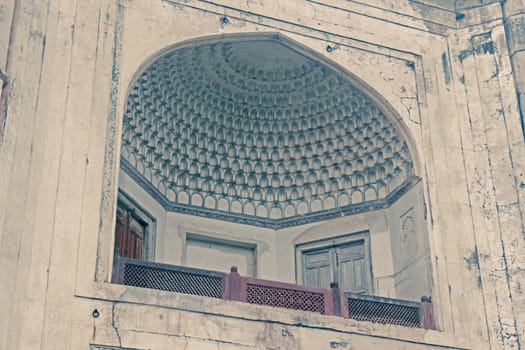
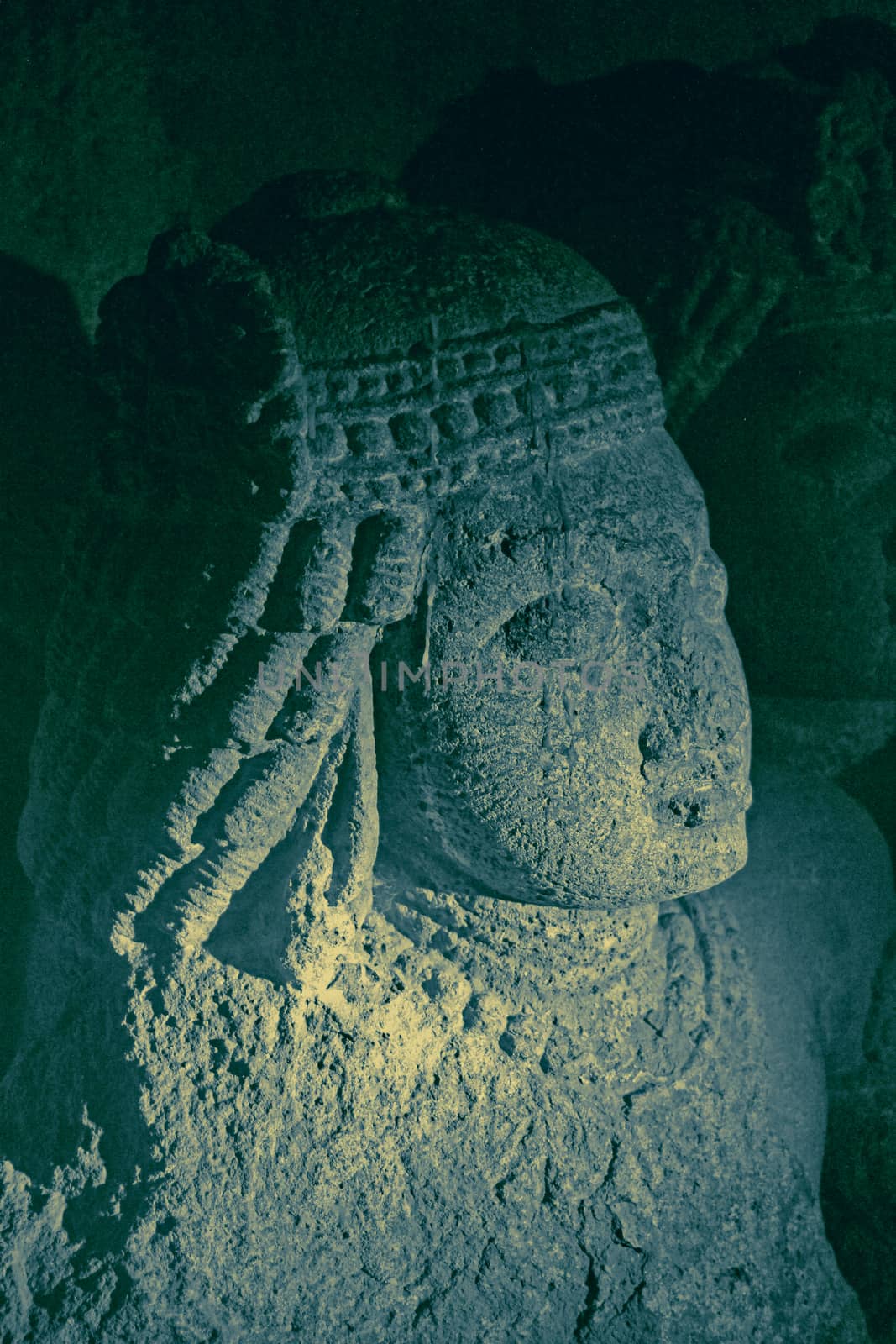
Sculpture at Aurangabad Cave 3, Aurangabad, Maharashtra, India
Stock PhotoUsername
yandsResolution
3456x5184pxSculpture at Aurangabad Cave 3, Aurangabad, Maharashtra, India

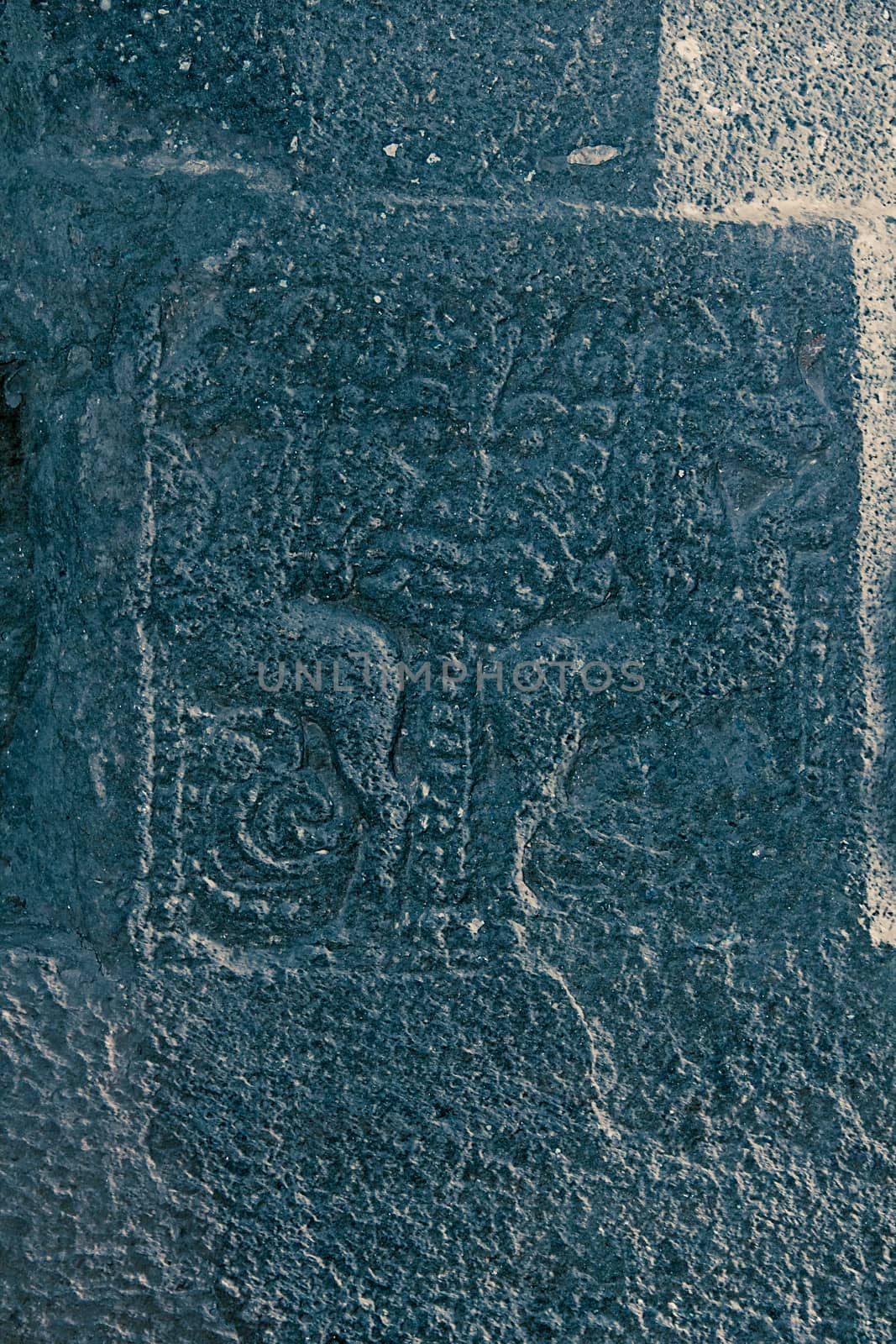
Carving at Aurangabad Cave 3, Aurangabad, Maharashtra, India
Stock PhotoUsername
yandsResolution
3456x5184pxCarving at Aurangabad Cave 3, Aurangabad, Maharashtra, India

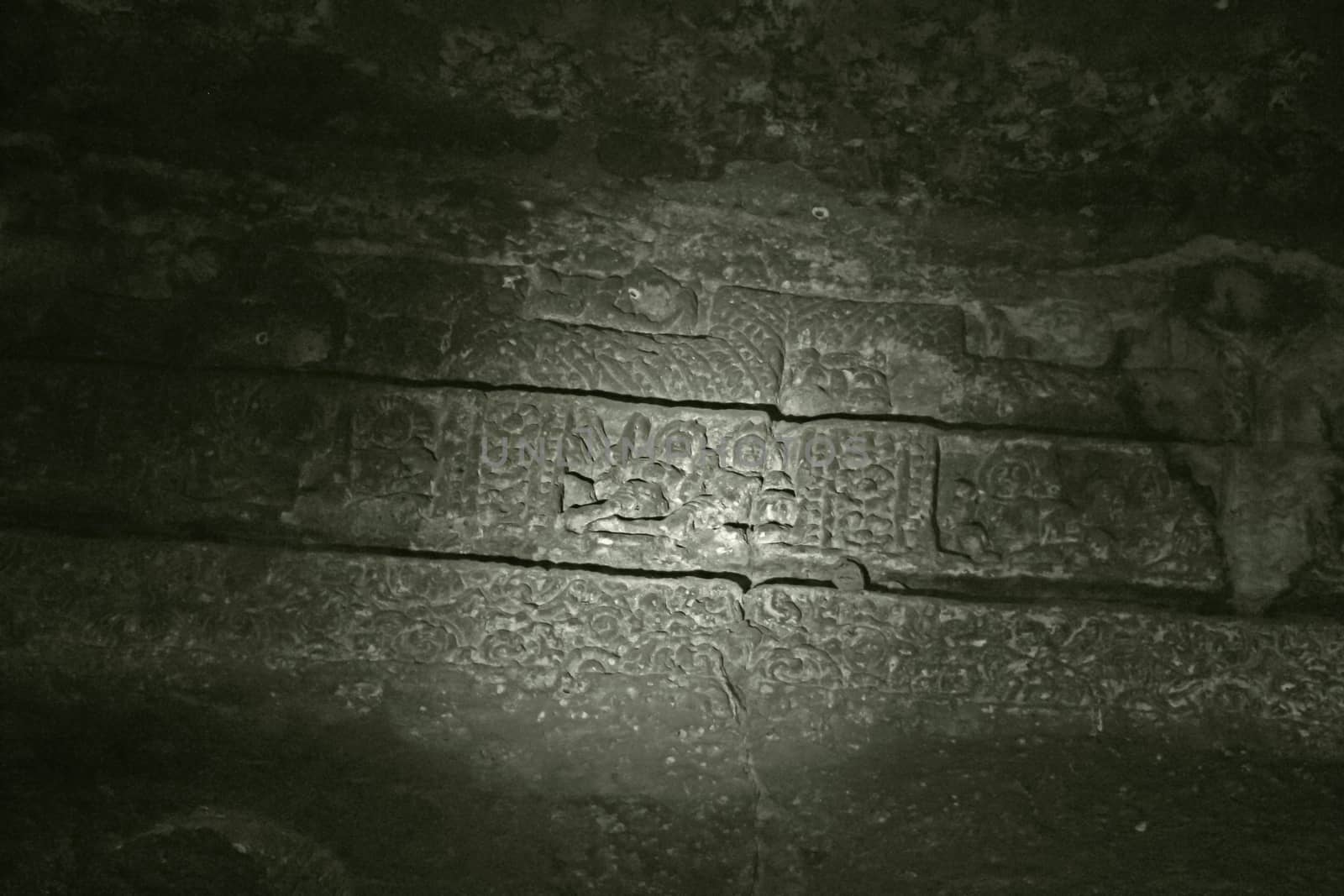
Carving at Aurangabad Cave 3, Aurangabad, Maharashtra, India
Stock PhotoUsername
yandsResolution
5184x3456pxCarving at Aurangabad Cave 3, Aurangabad, Maharashtra, India

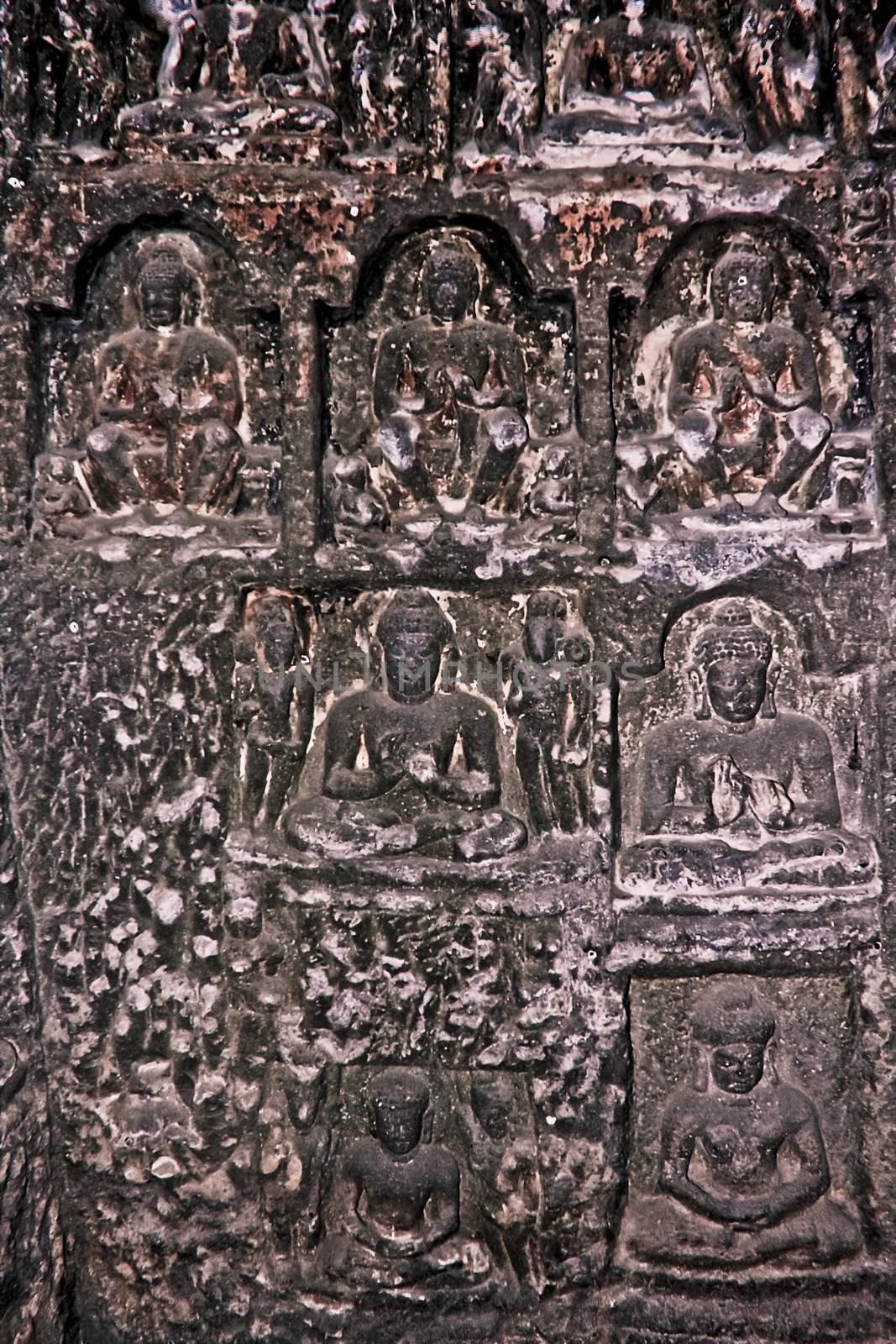
Miracle of Sravasti, Aurangabad Cave No. 2, where the Buddha tra
Stock PhotoUsername
yandsResolution
3456x5184pxMiracle of Sravasti, Aurangabad Cave No. 2, where the Buddha tra

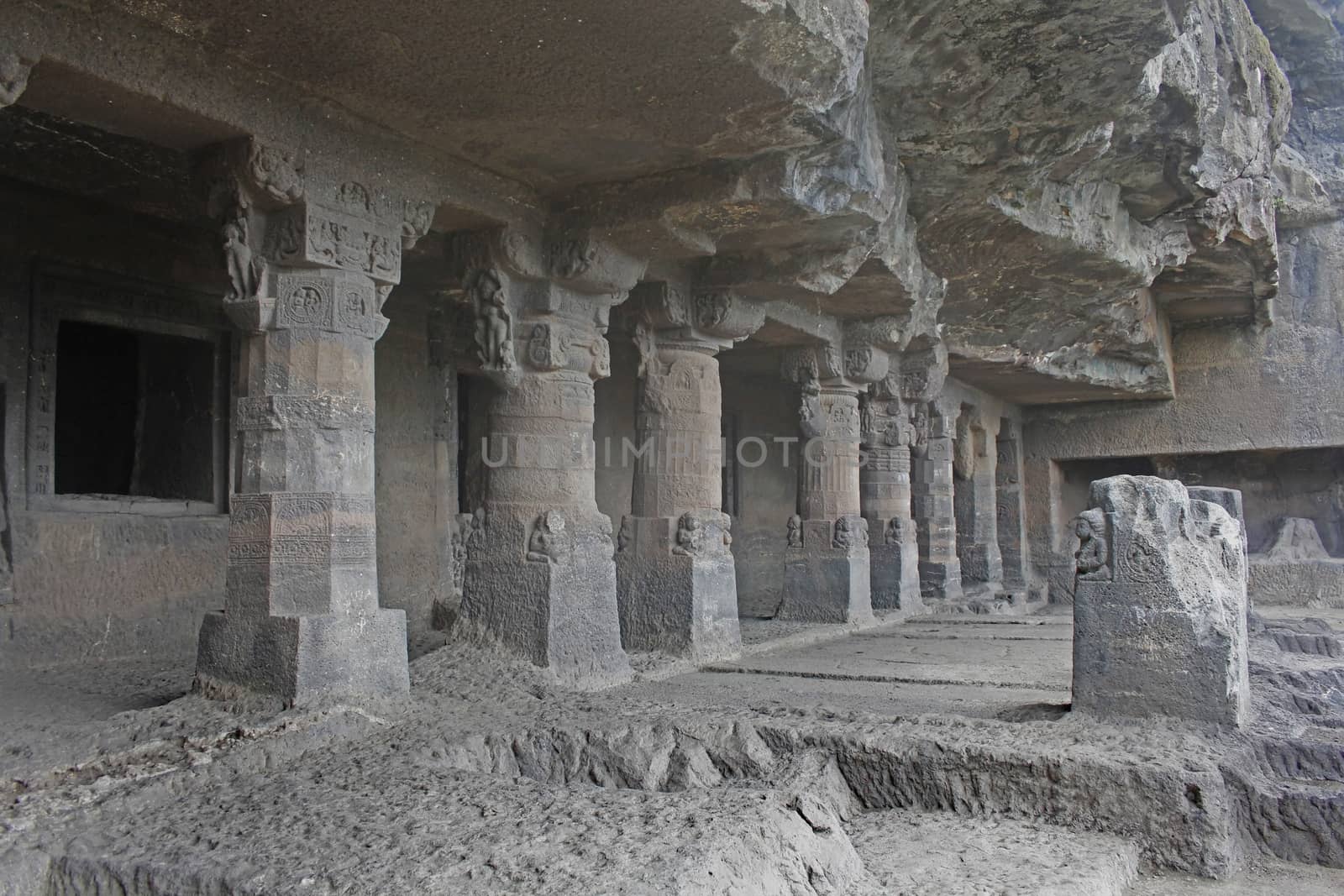
Carved Pillars at Aurangabad Cave No. 1,
Stock PhotoUsername
yandsResolution
5184x3456pxCarved Pillars at Aurangabad Cave No. 1,


Facade of Ajanta Cave 1, Ajanta, Aurangabad, Maharashtra, India
Stock PhotoUsername
yandsResolution
3456x5184pxFacade of Ajanta Cave 1, Ajanta, Aurangabad, Maharashtra, India
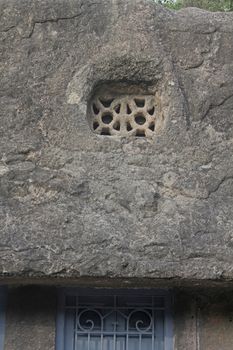
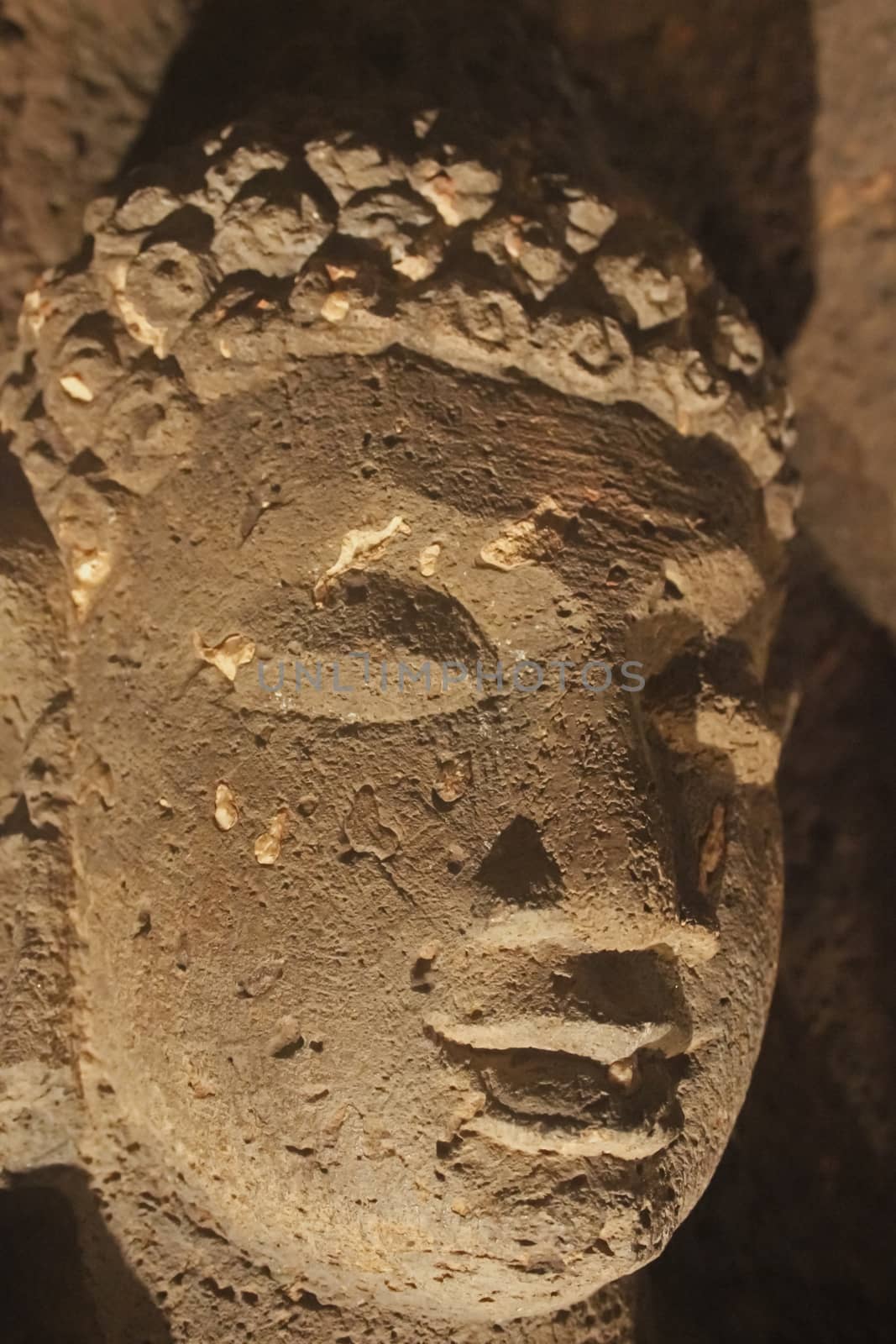
Close up face of calm Buddha, Ajanta Cave No. 26, Ajanta, Aurang
Stock PhotoUsername
yandsResolution
3456x5184pxClose up face of calm Buddha, Ajanta Cave No. 26, Ajanta, Aurang


Entrance Ceiling painting at Ajanta Cave No. 17, outer porch
Stock PhotoUsername
yandsResolution
5184x3456pxEntrance Ceiling painting at Ajanta Cave No. 17, outer porch
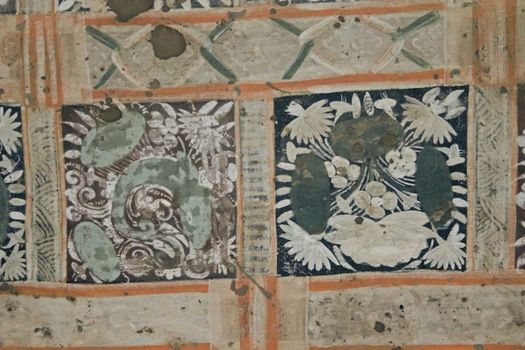
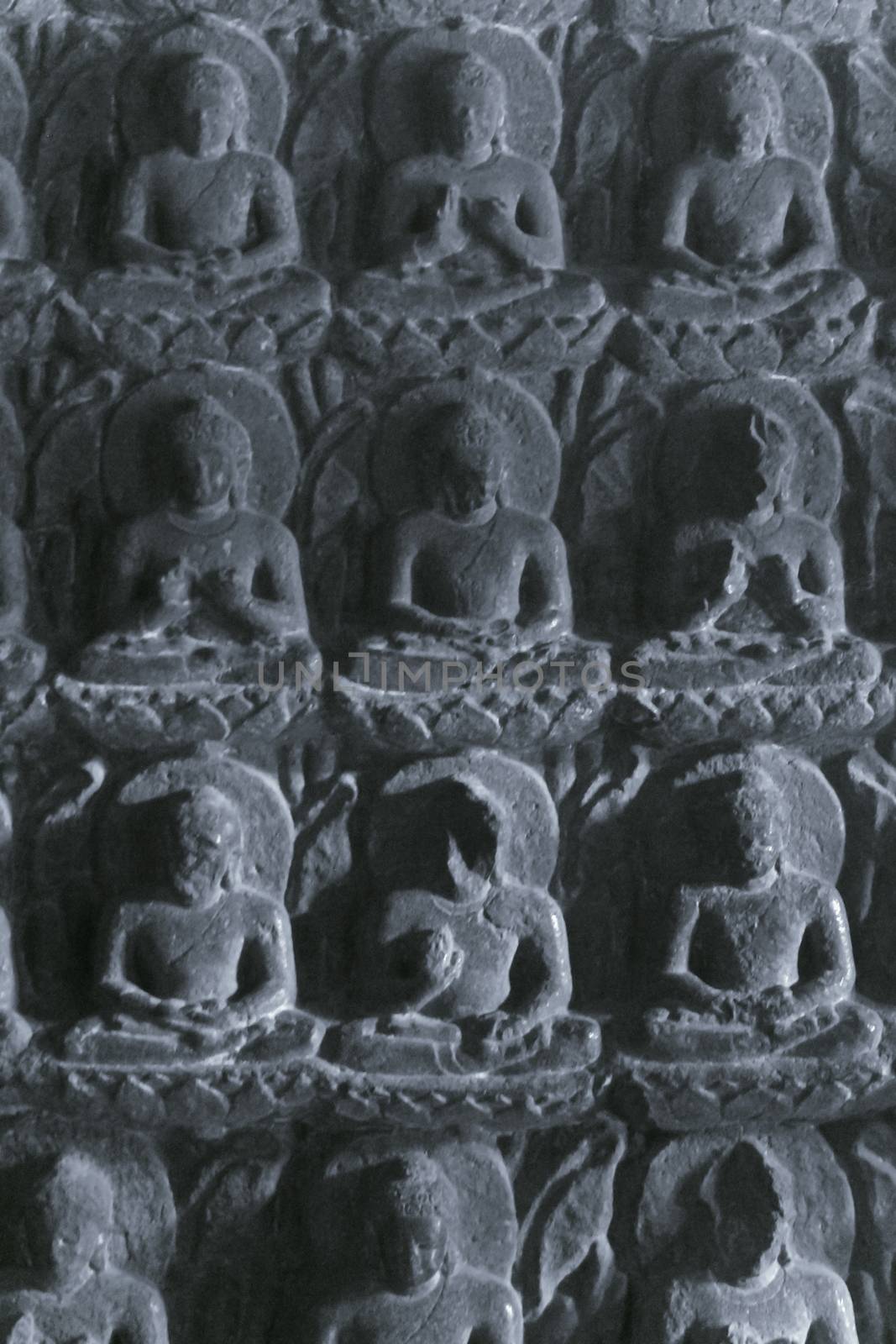
Miracle of Sravasti, Ajanta Cave No. 7, where the Buddha transfo
Stock PhotoUsername
yandsResolution
3456x5184pxMiracle of Sravasti, Ajanta Cave No. 7, where the Buddha transfo


Sculpture of Lord Buddha at Ajanta Cave 4 porch, Ajanta, Auranga
Stock PhotoUsername
yandsResolution
3456x5184pxSculpture of Lord Buddha at Ajanta Cave 4 porch, Ajanta, Auranga
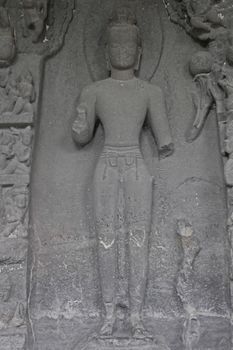
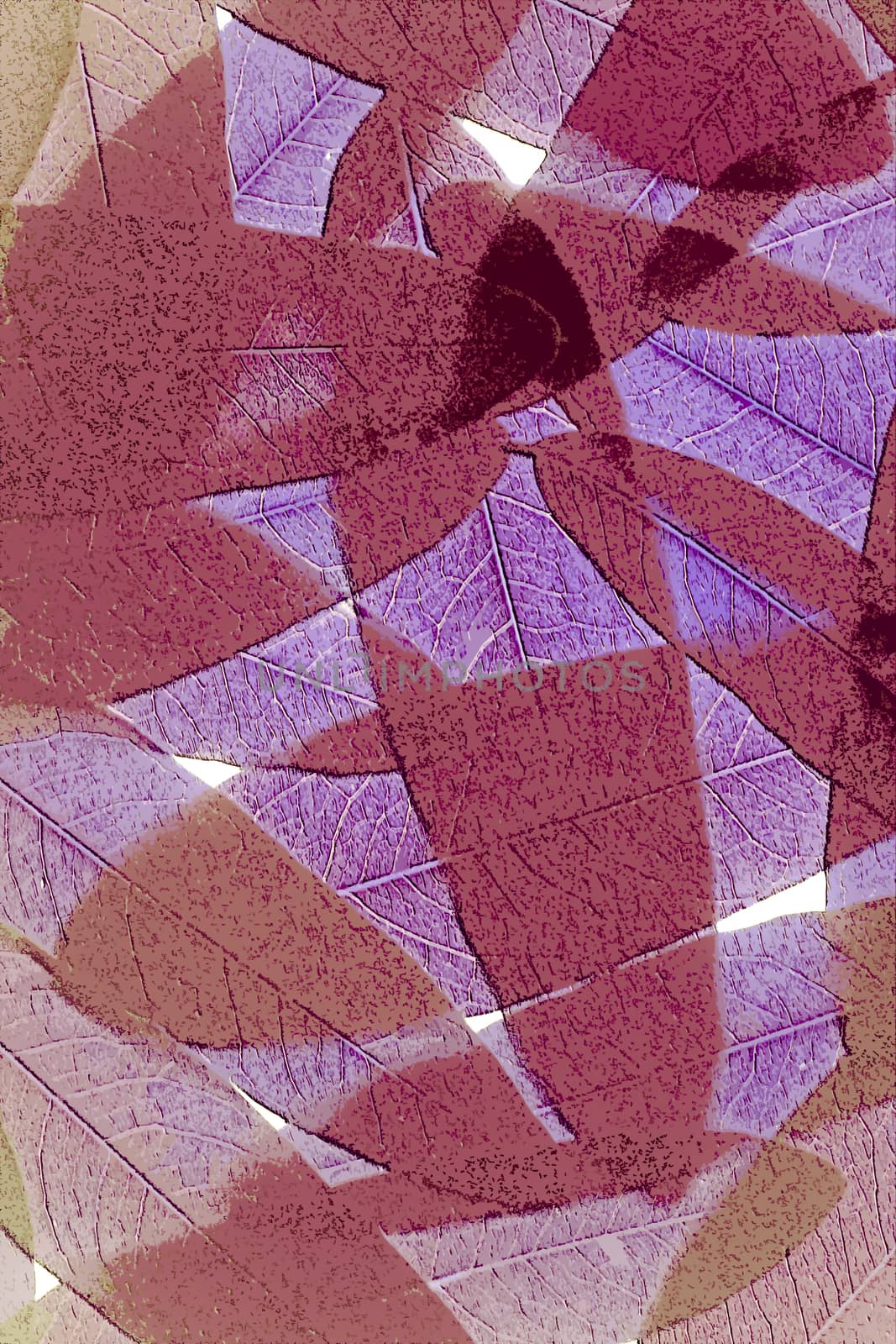
Leaves of Cassia leptophylla Placed together
Stock PhotoUsername
yandsResolution
3456x5184pxLeaves of Cassia leptophylla Placed together

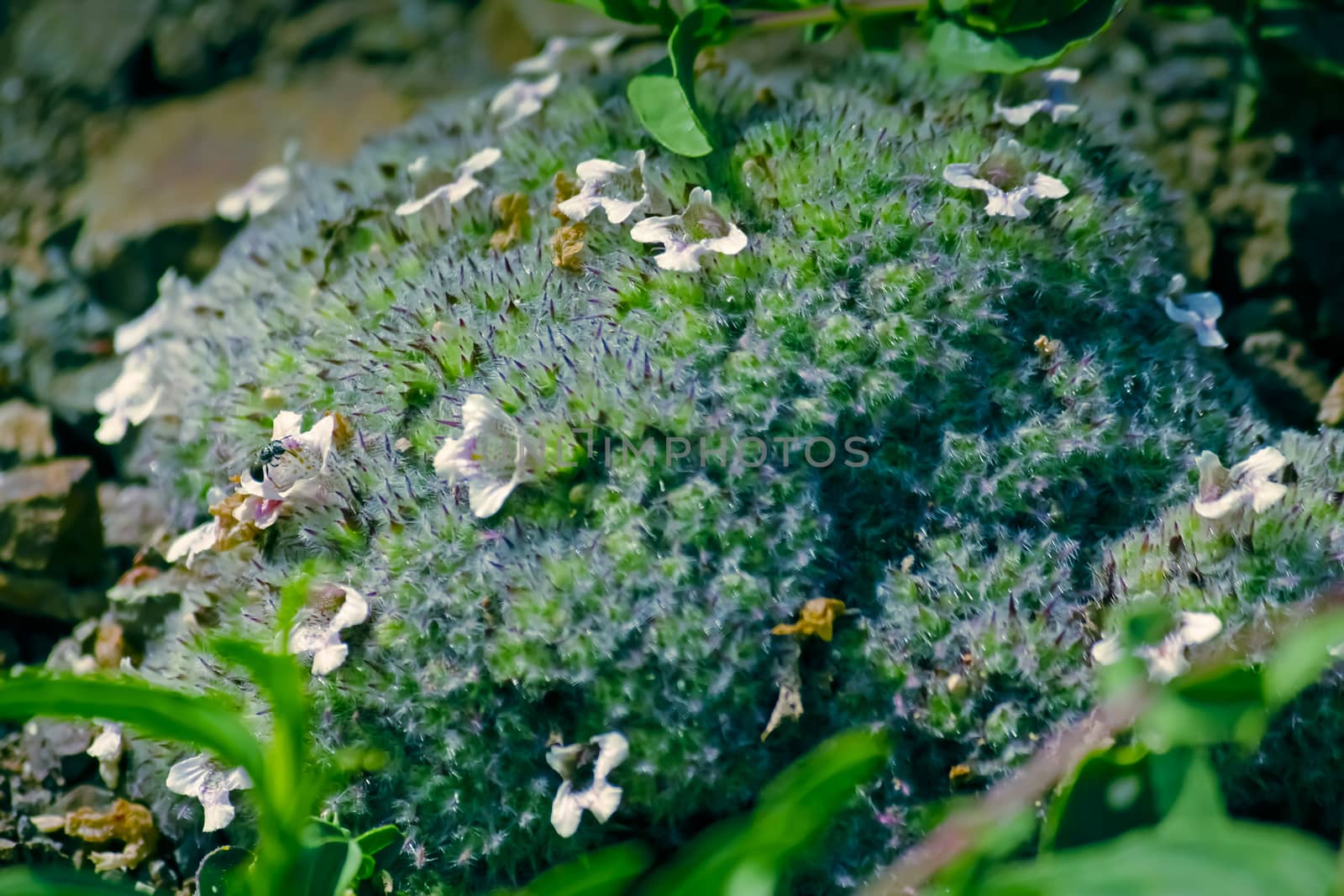
Lepidagathis fischeri
Stock PhotoUsername
yandsResolution
5184x3456pxLepidagathis fischeri


Leptochloa panicea, Thread Sprangletop
Stock PhotoUsername
yandsResolution
3456x5184pxLeptochloa panicea, Thread Sprangletop
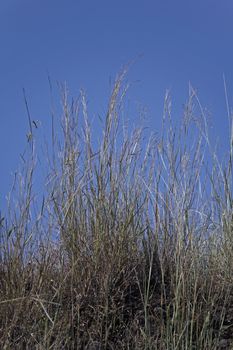
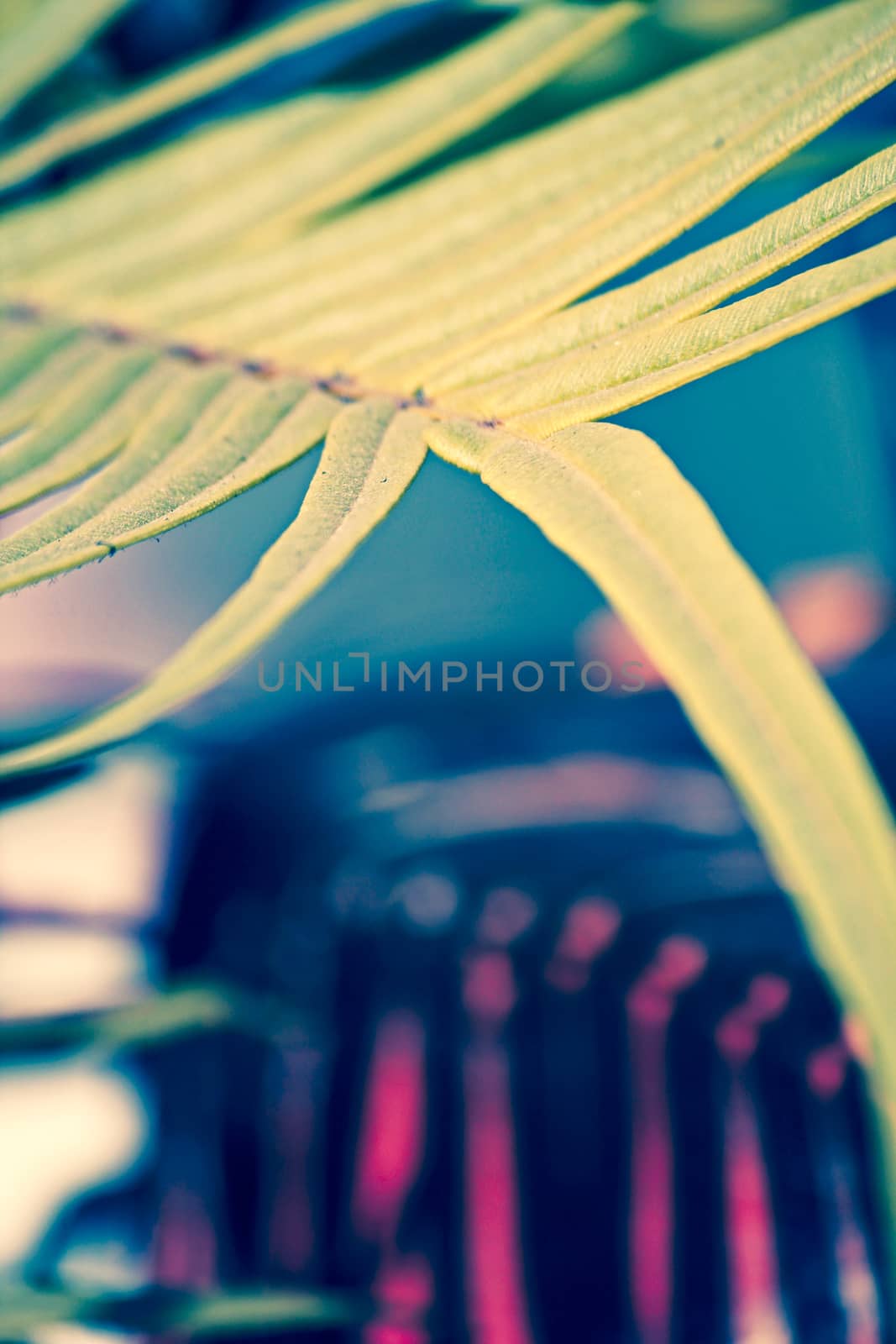
Chinese ladder brake fern, Pteris vittata
Stock PhotoUsername
yandsResolution
3456x5184pxChinese ladder brake fern, Pteris vittata

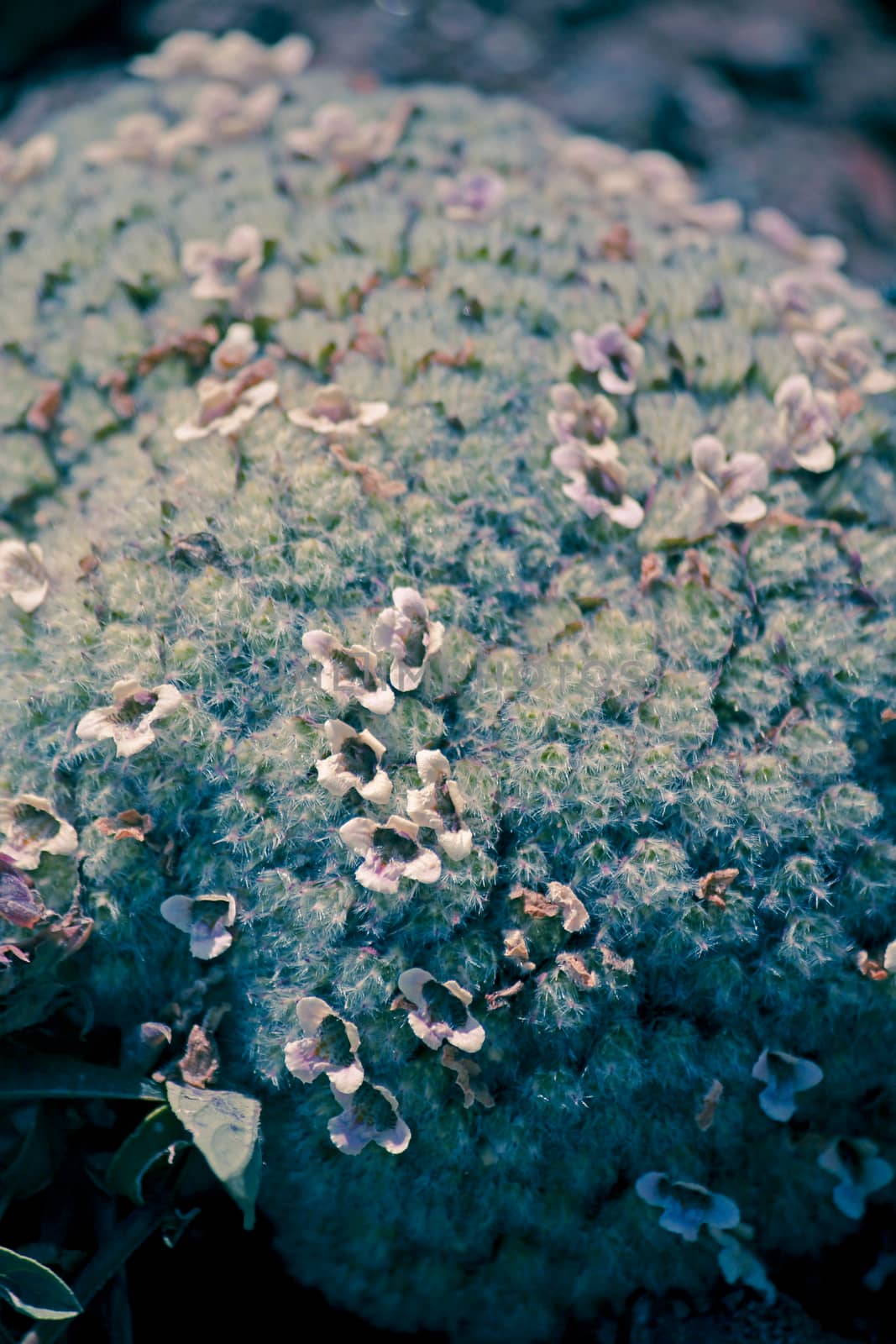
Lepidagathis fischeri
Stock PhotoUsername
yandsResolution
3456x5184pxLepidagathis fischeri

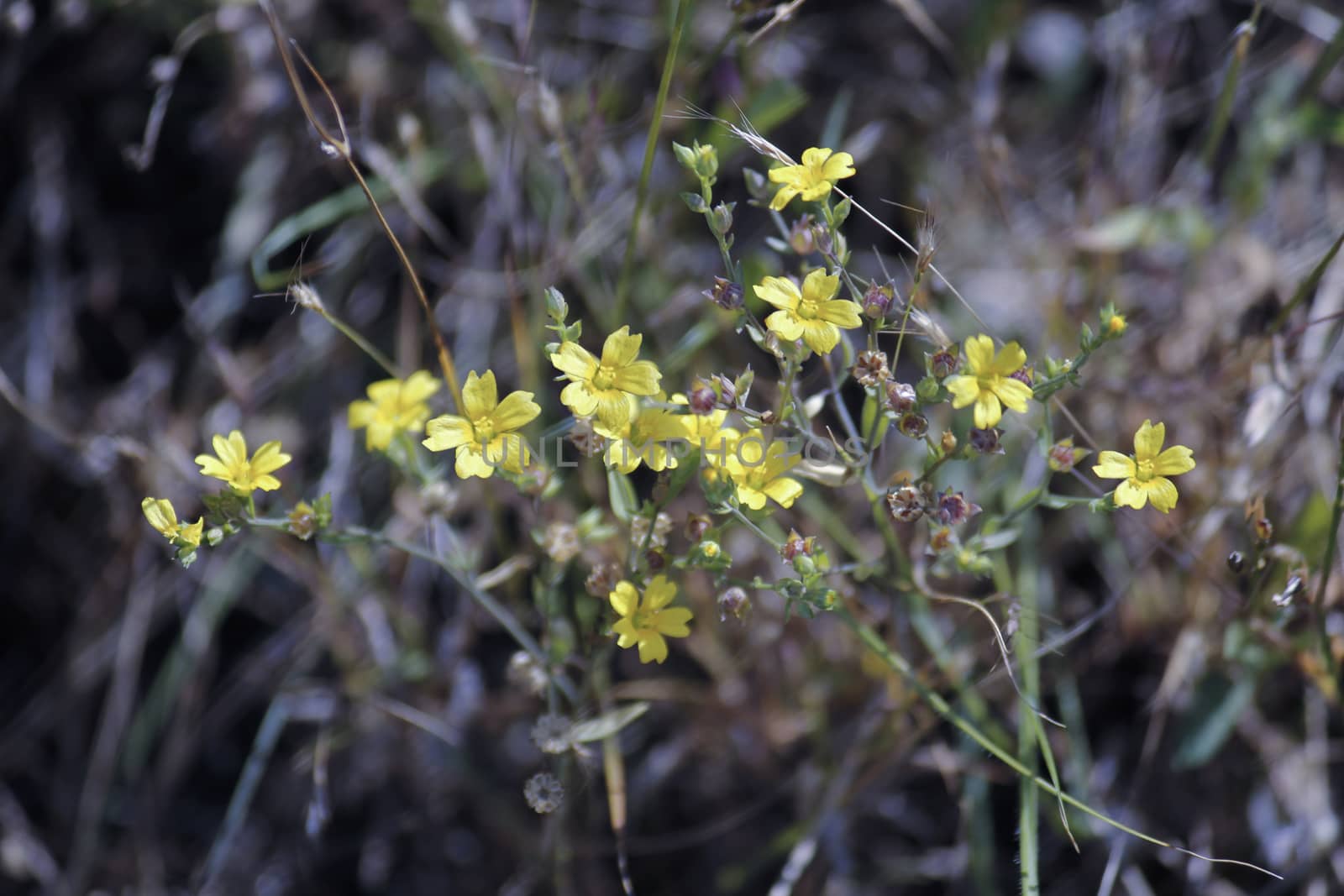
Linum mysorense
Stock PhotoUsername
yandsResolution
5184x3456pxLinum mysorense


Yellow Tussock Moth - Euproctis lutea
Stock PhotoUsername
yandsResolution
5184x3456pxYellow Tussock Moth - Euproctis lutea
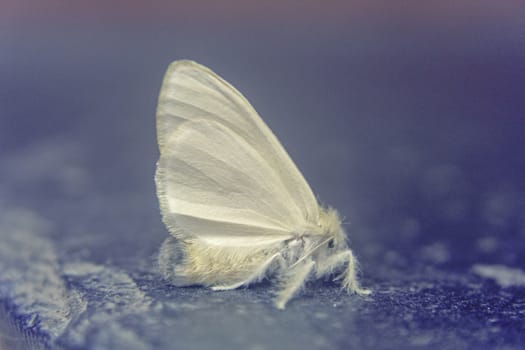

Comb Rungia, Rungia pectinata (L.), Nees Rungia pectinata
Stock PhotoUsername
yandsResolution
5184x3456pxComb Rungia, Rungia pectinata (L.), Nees Rungia pectinata
